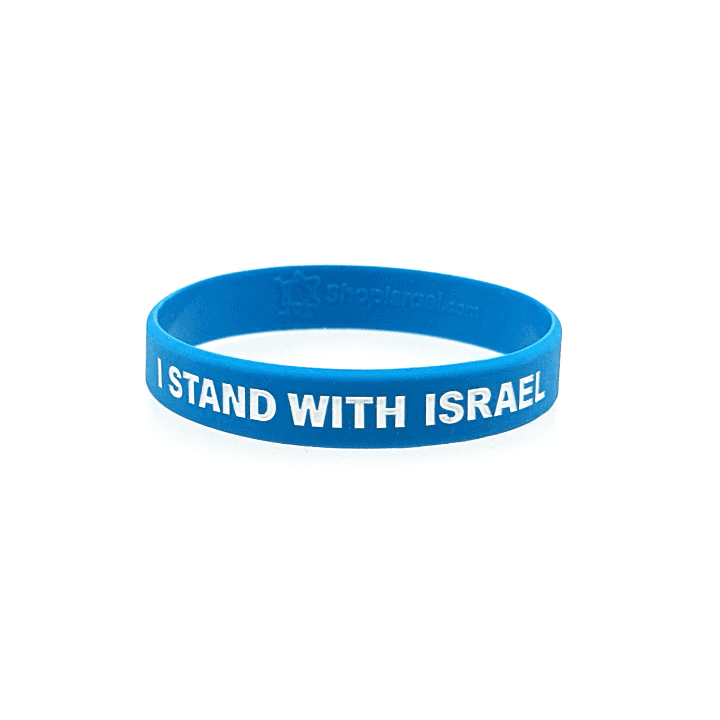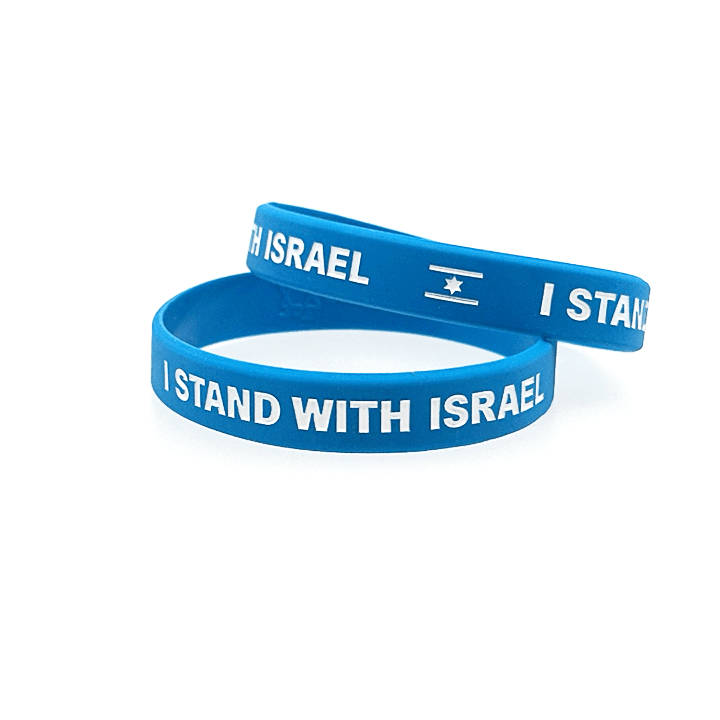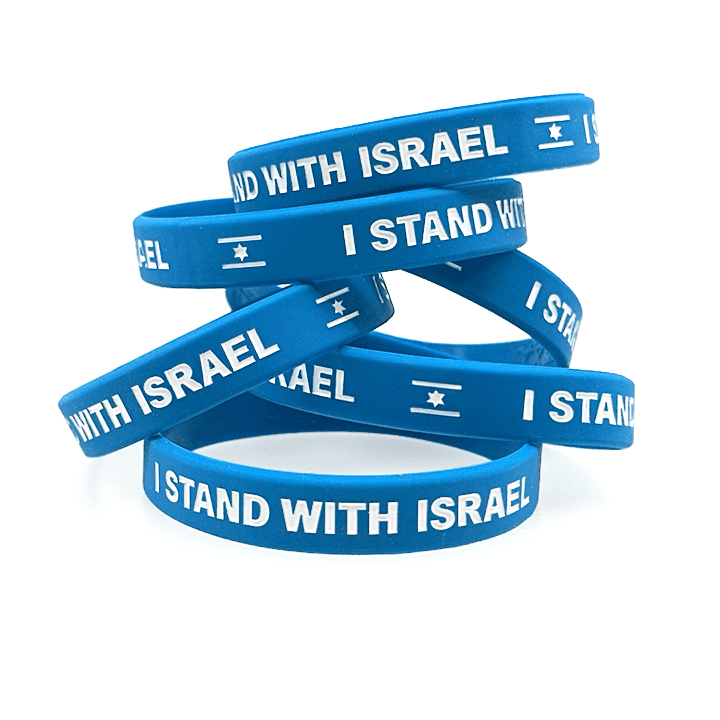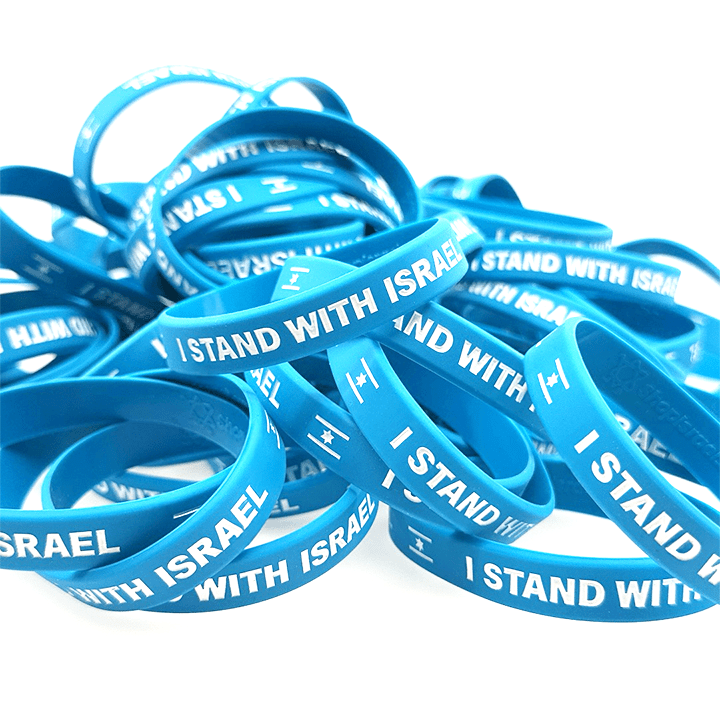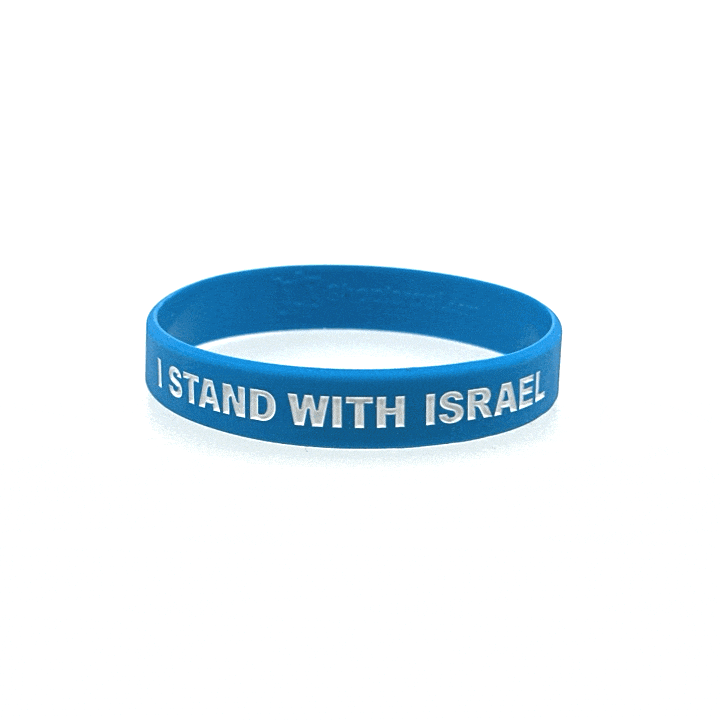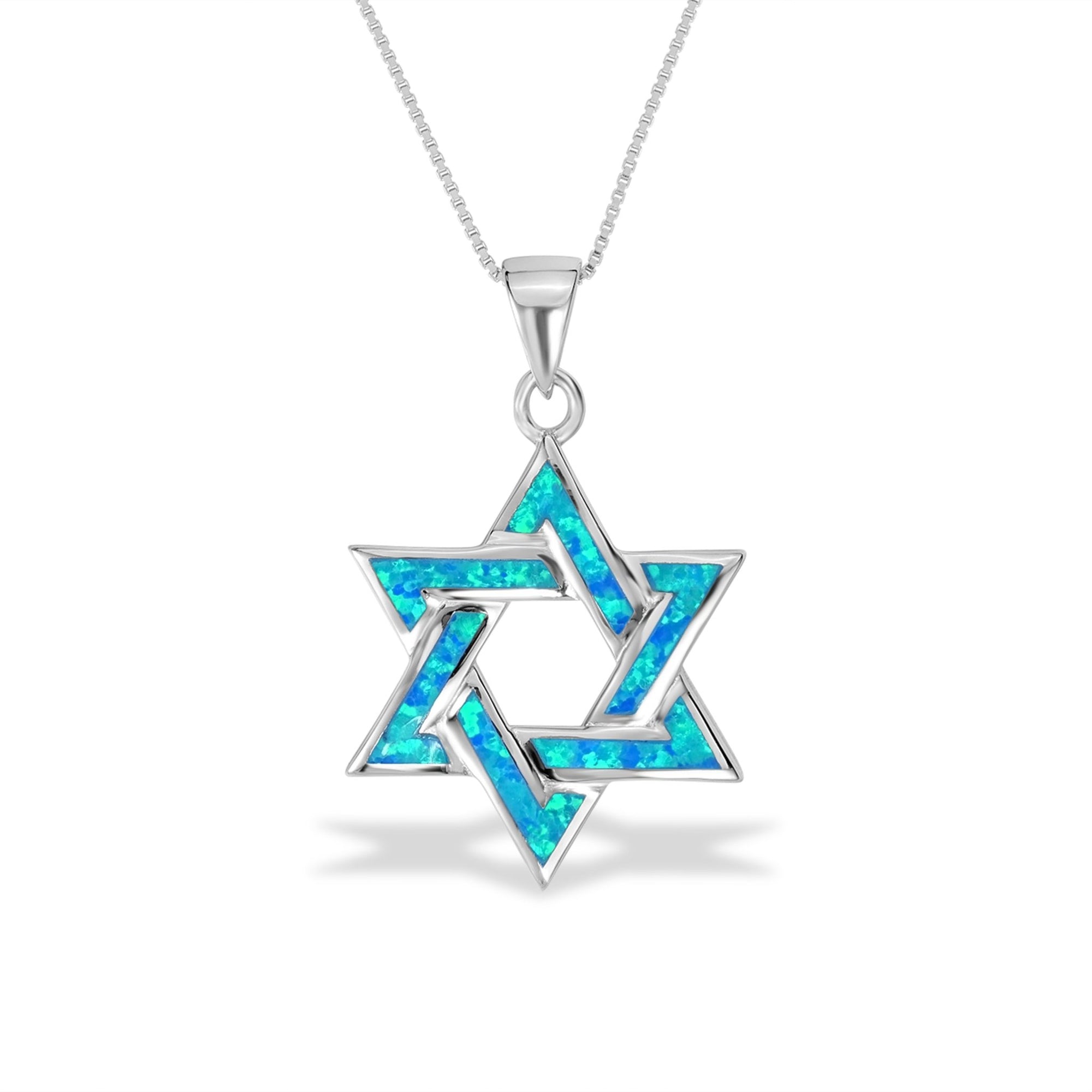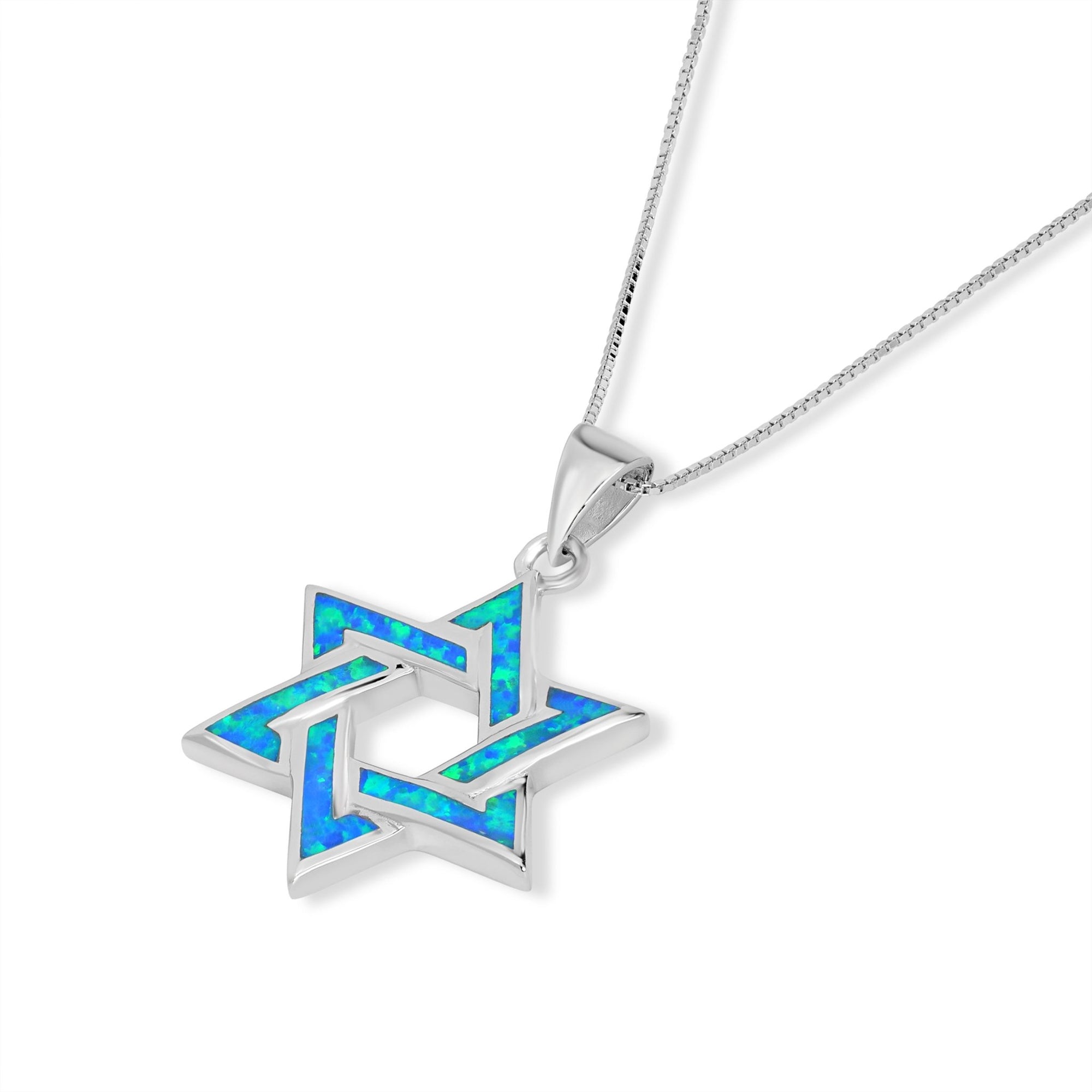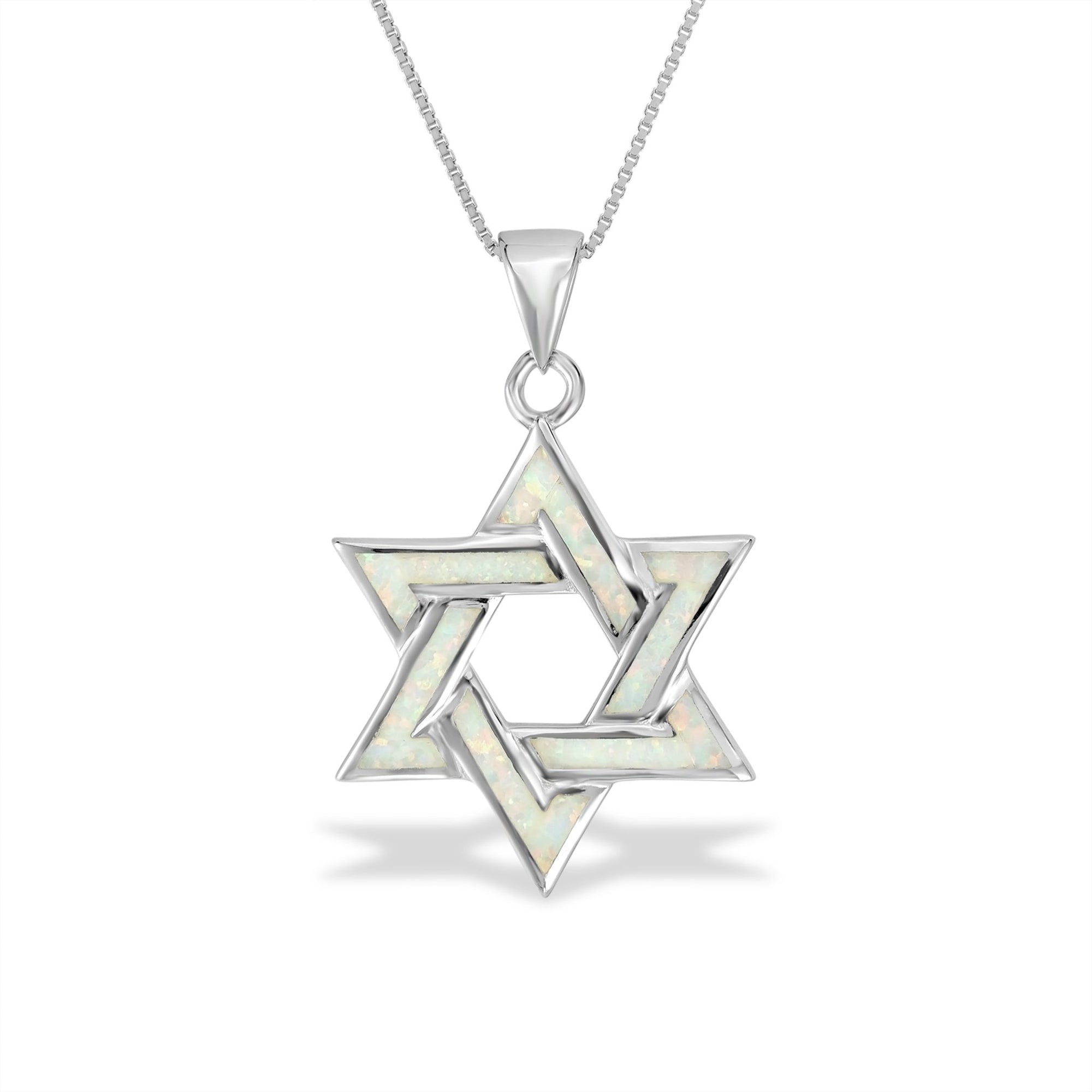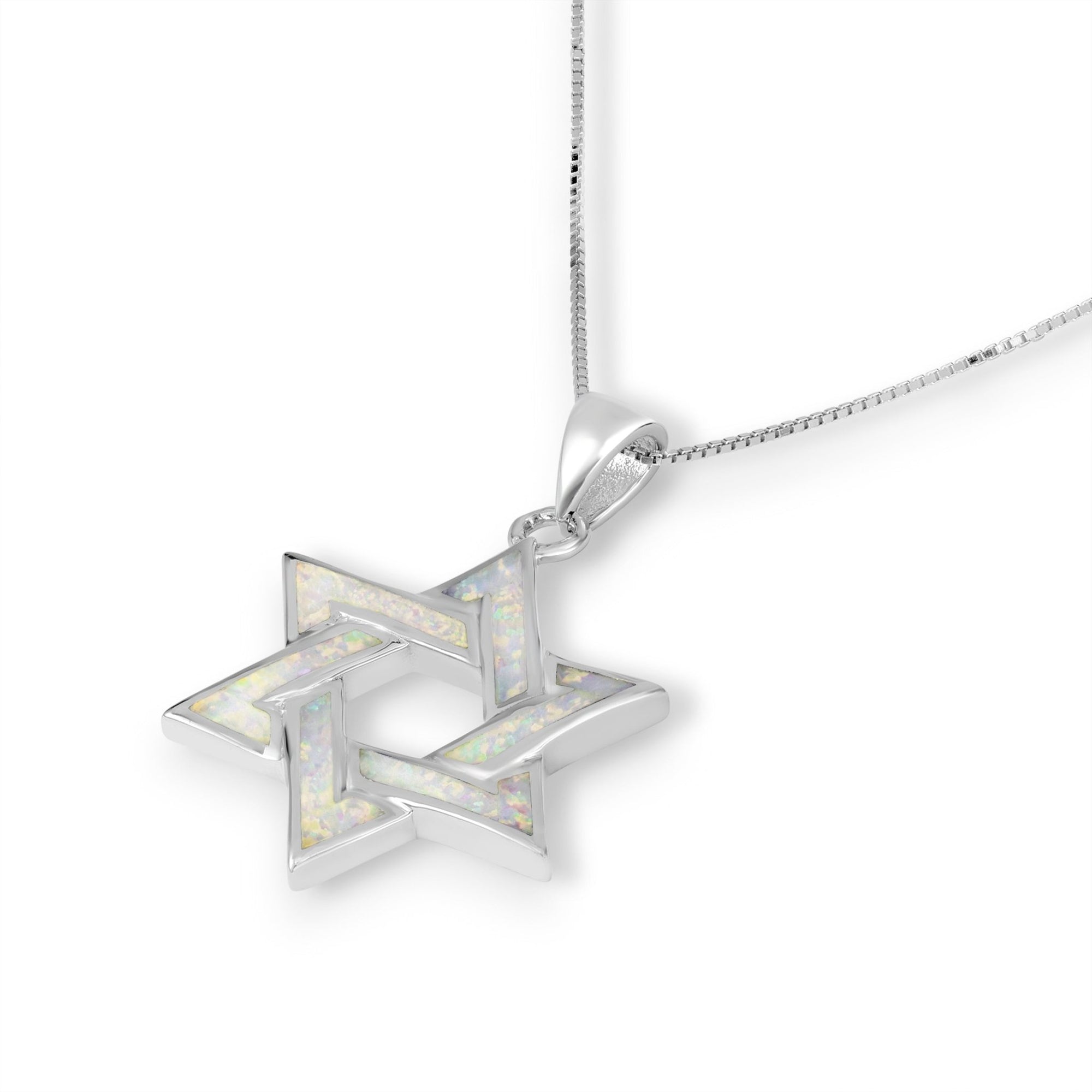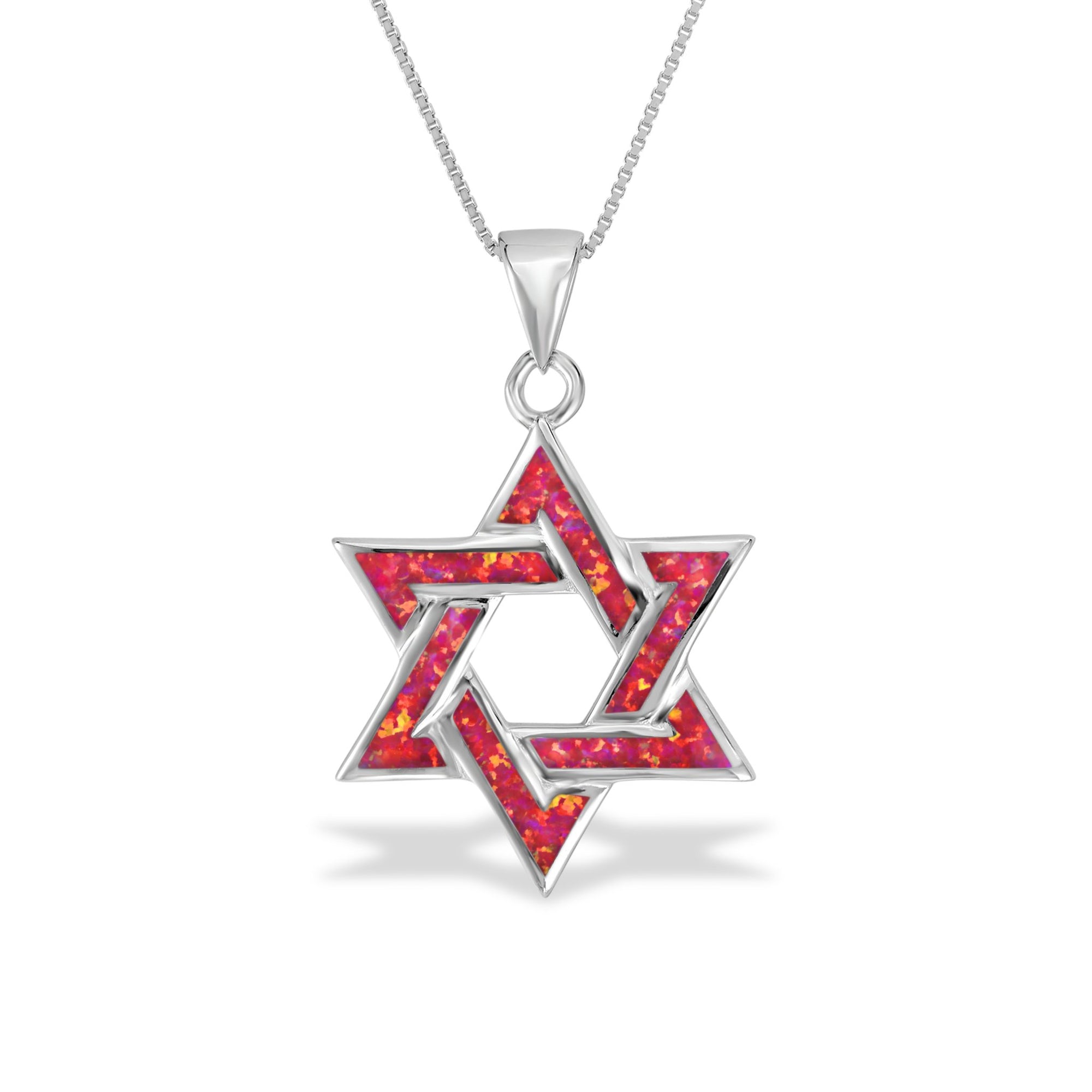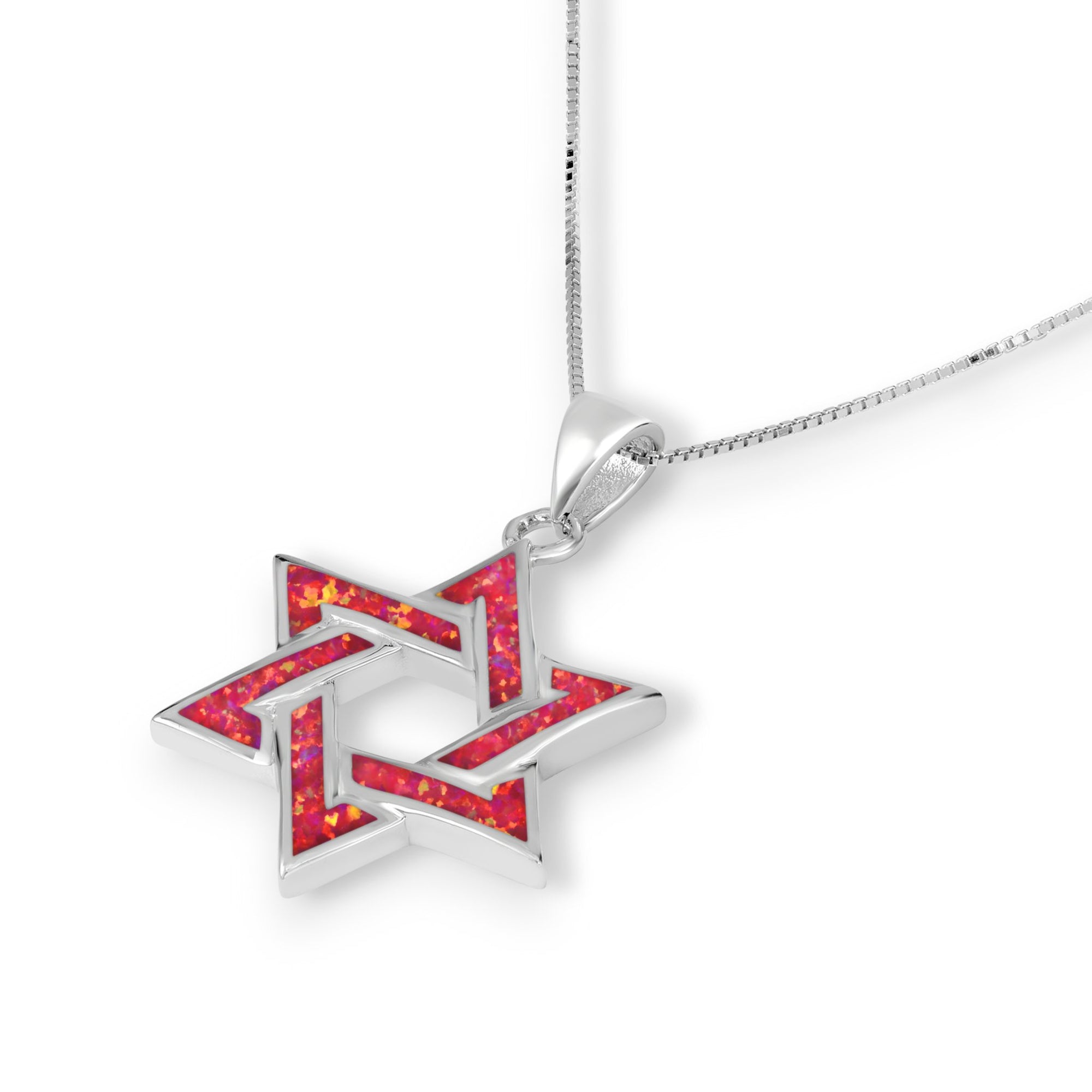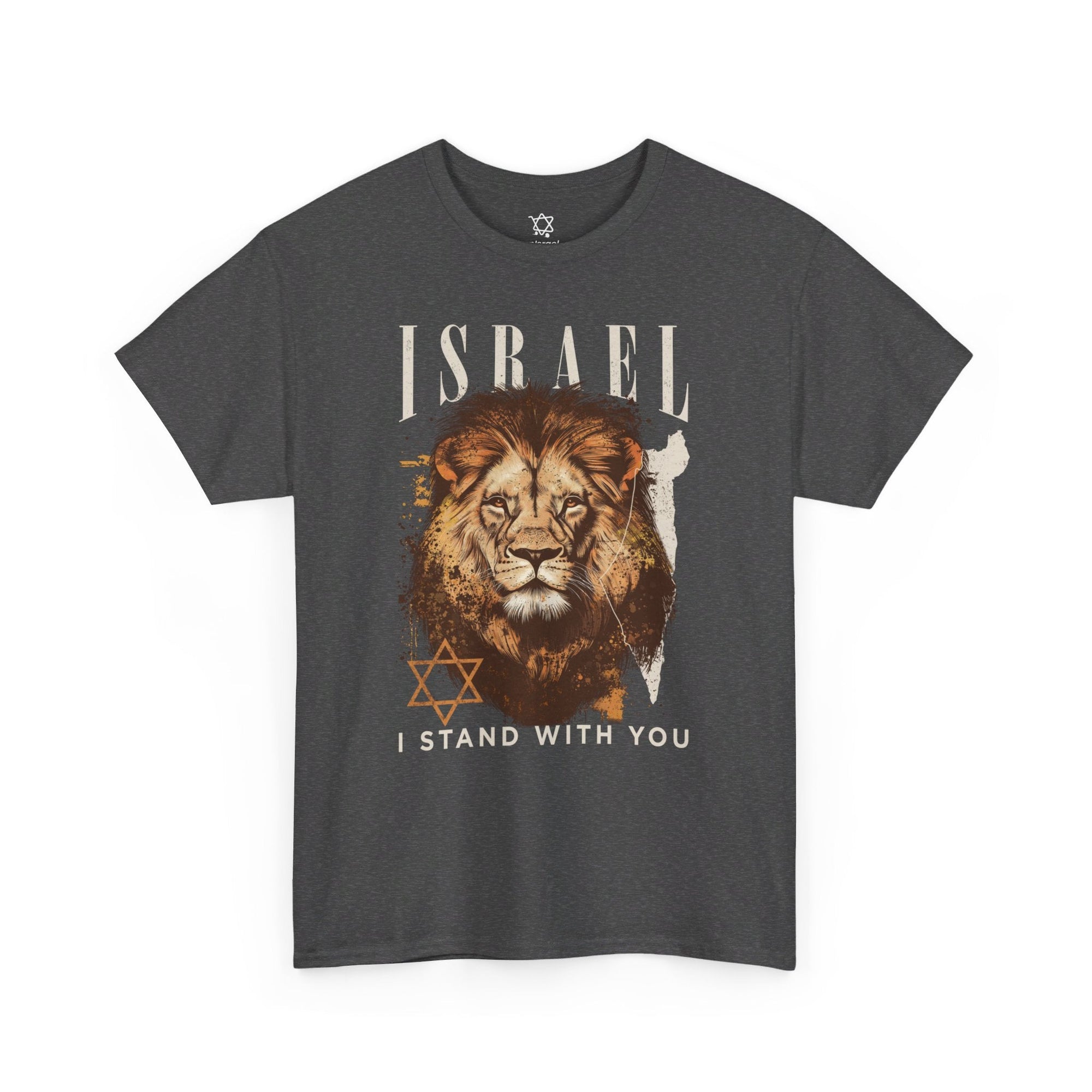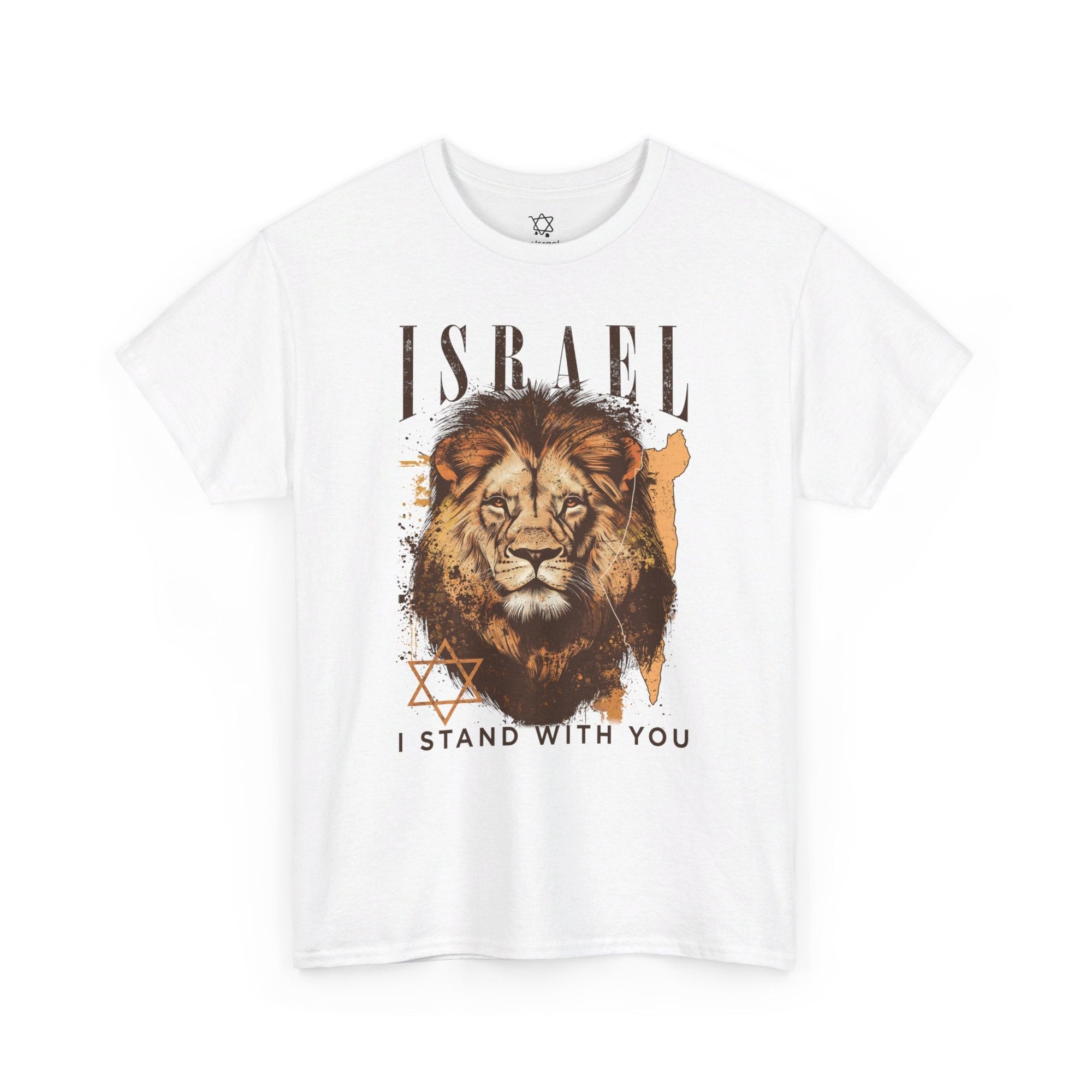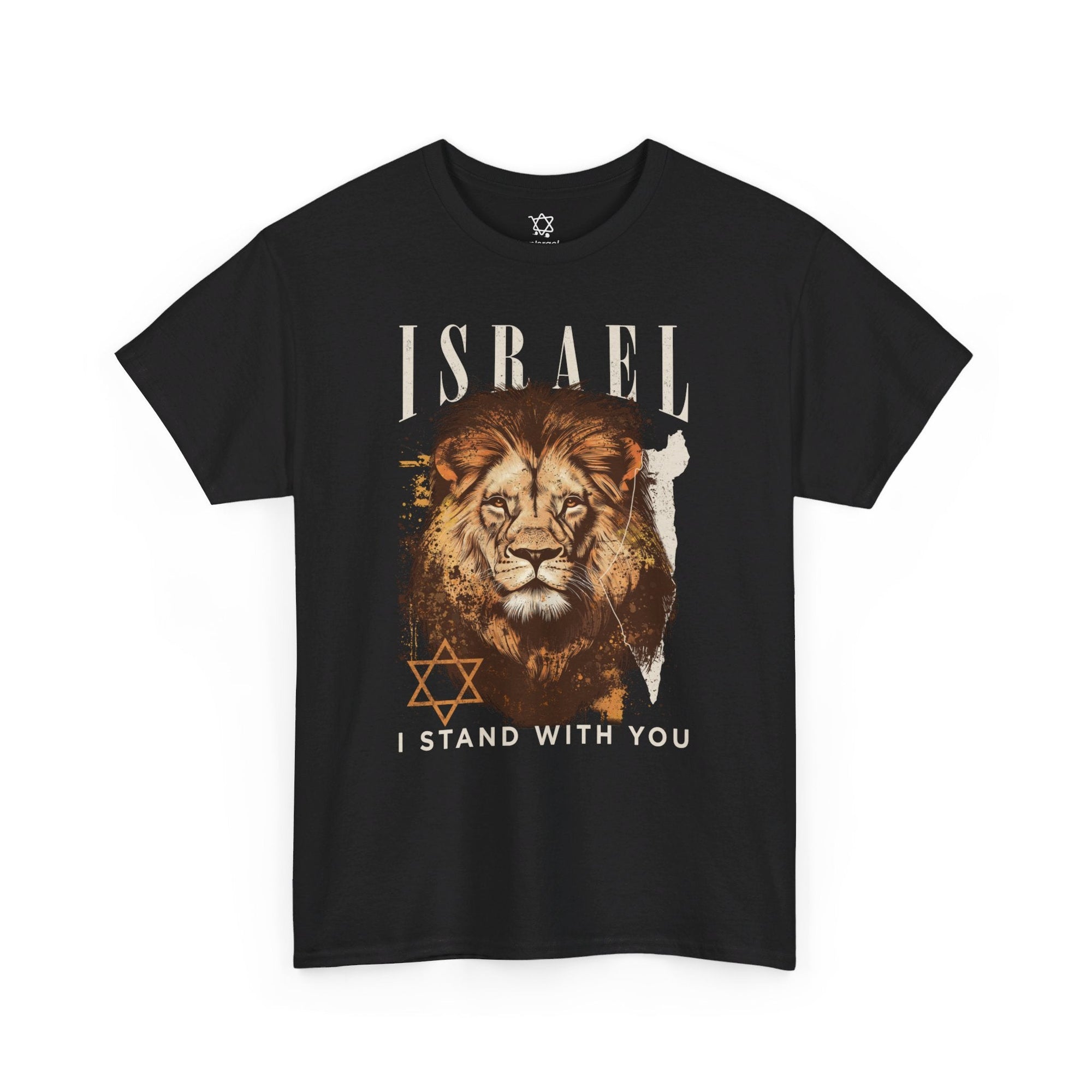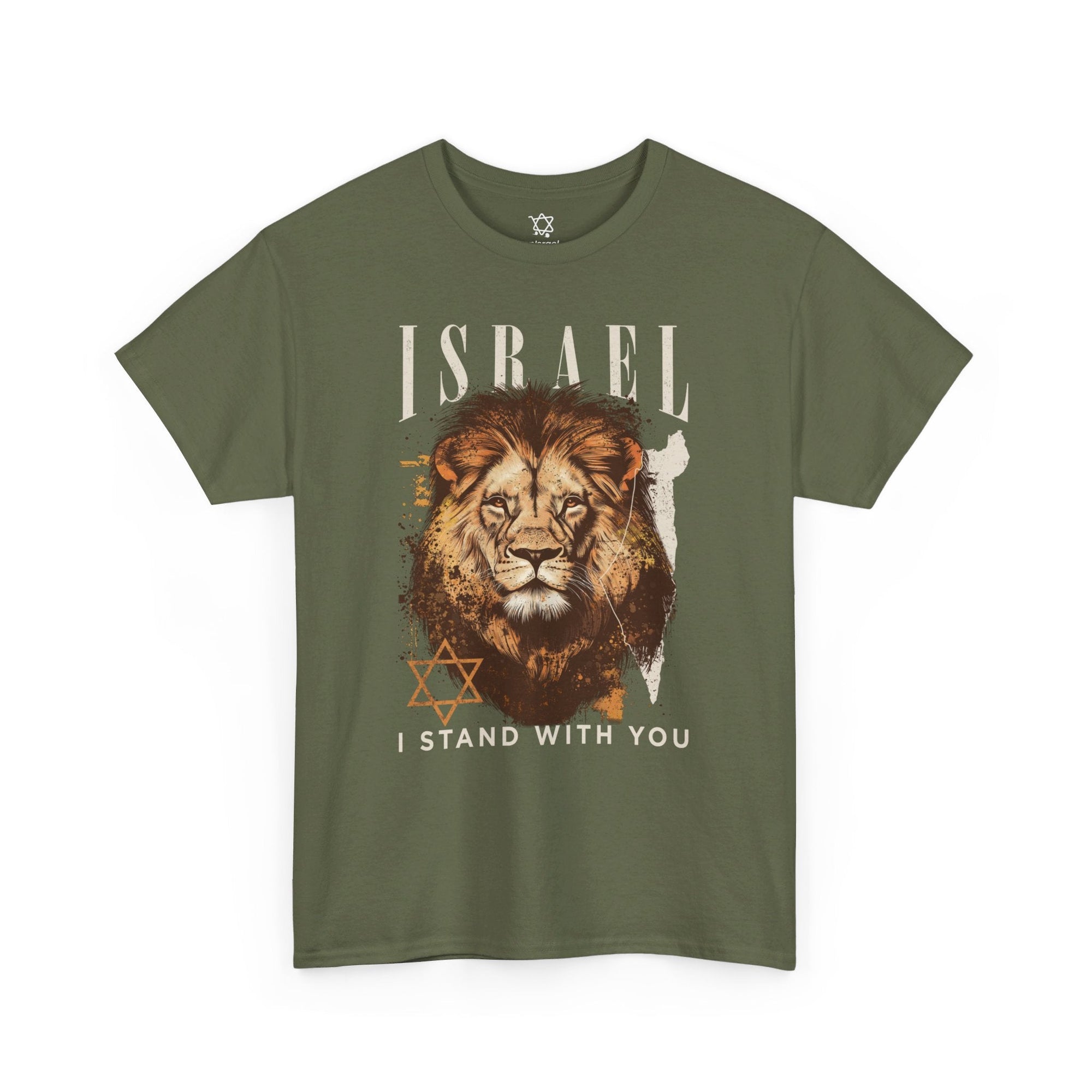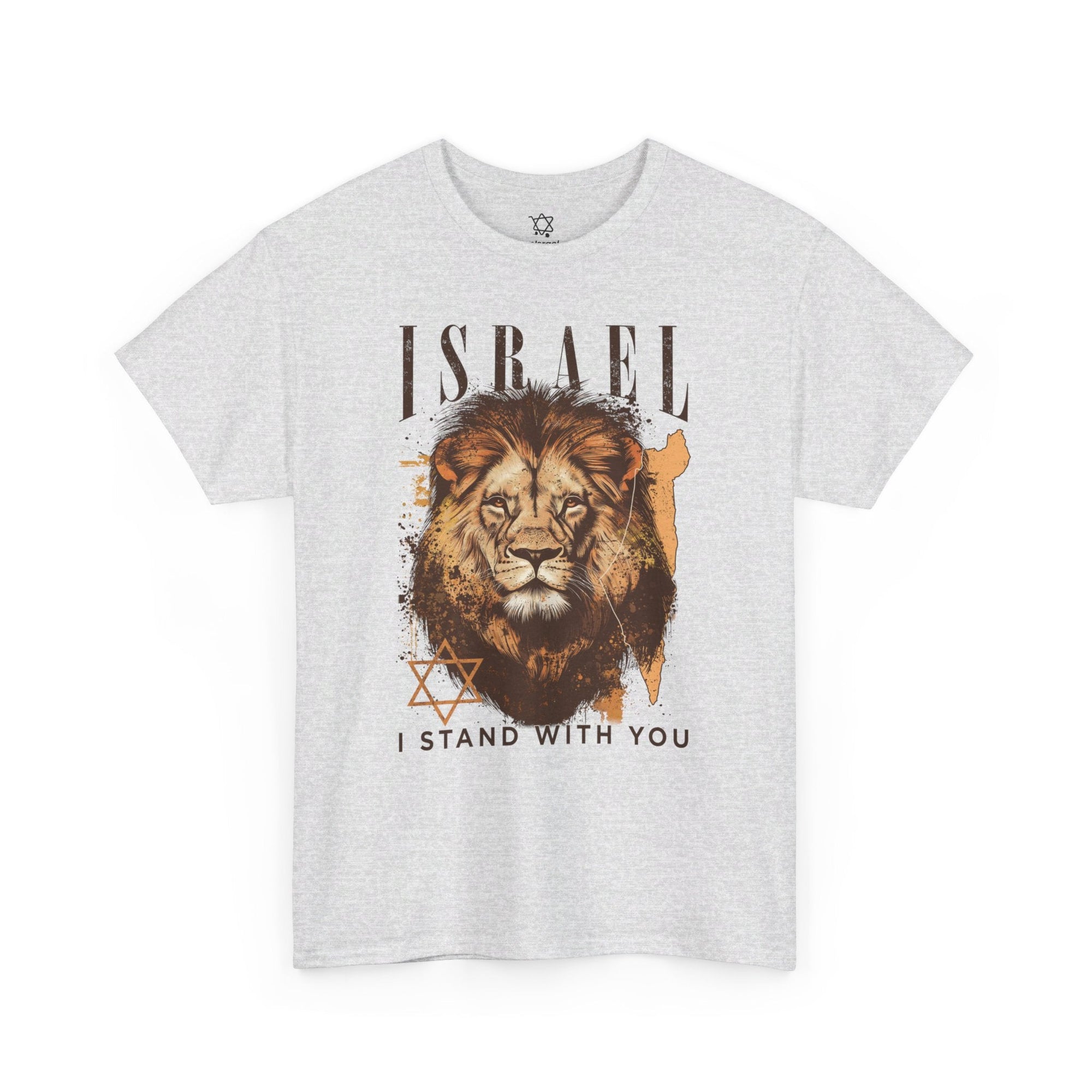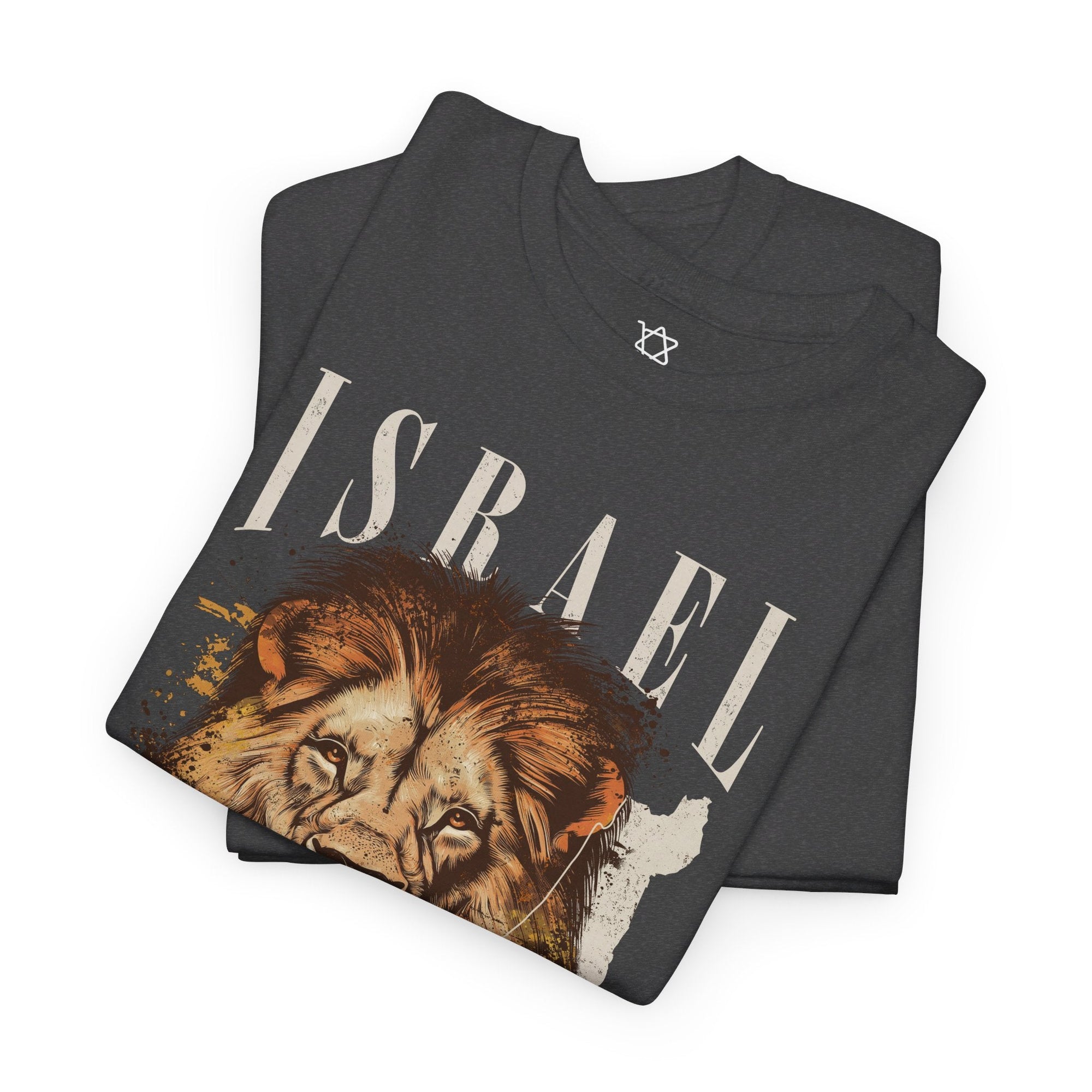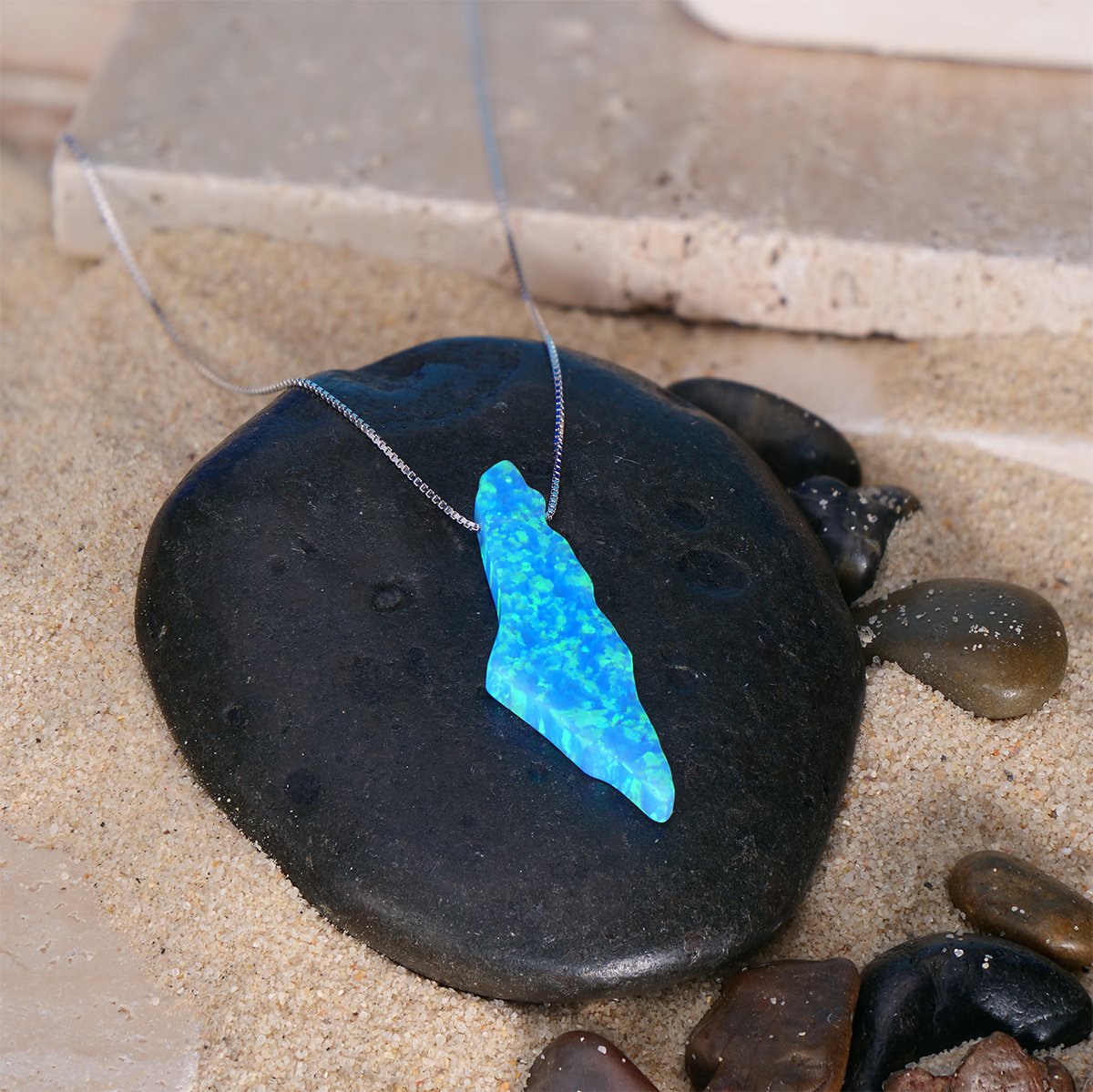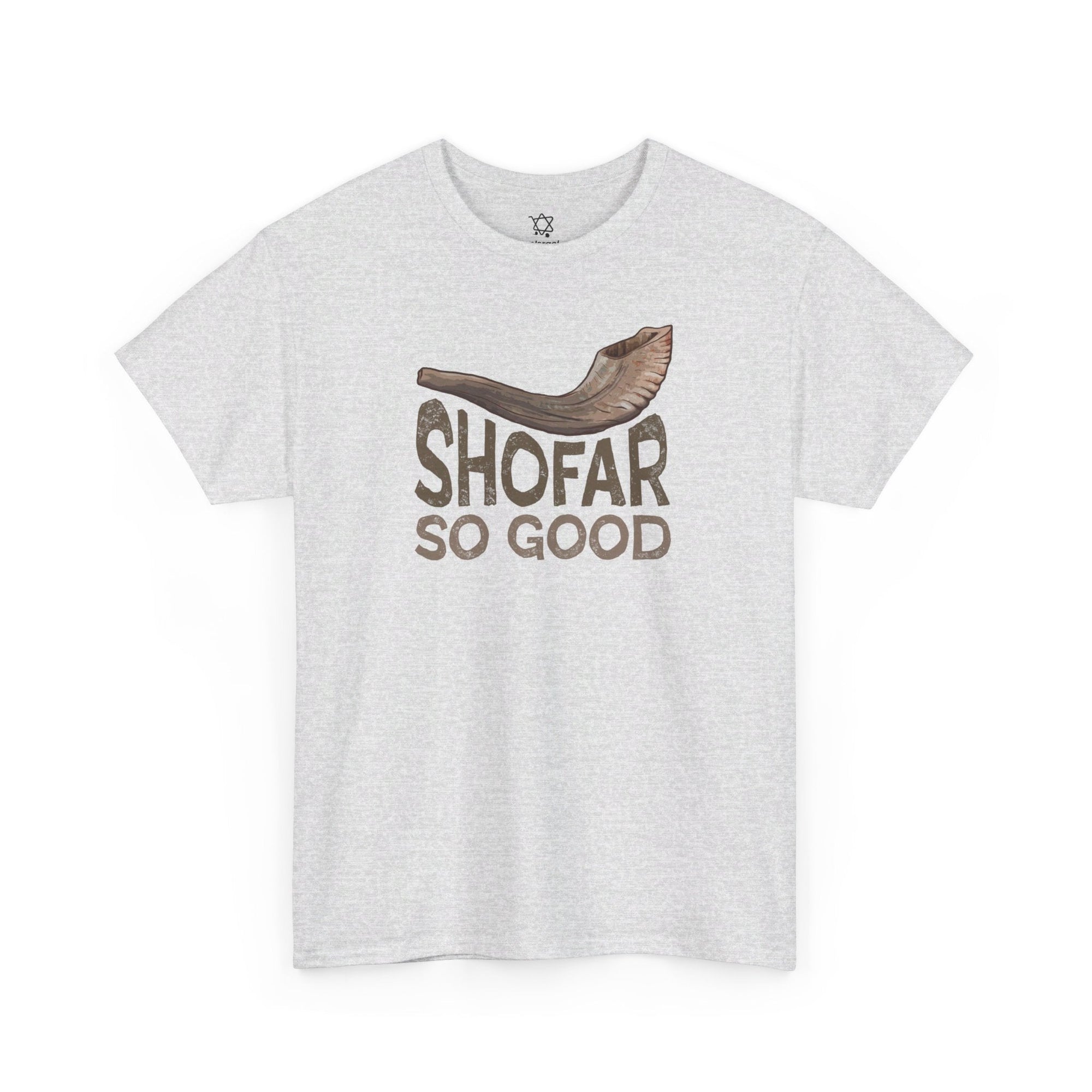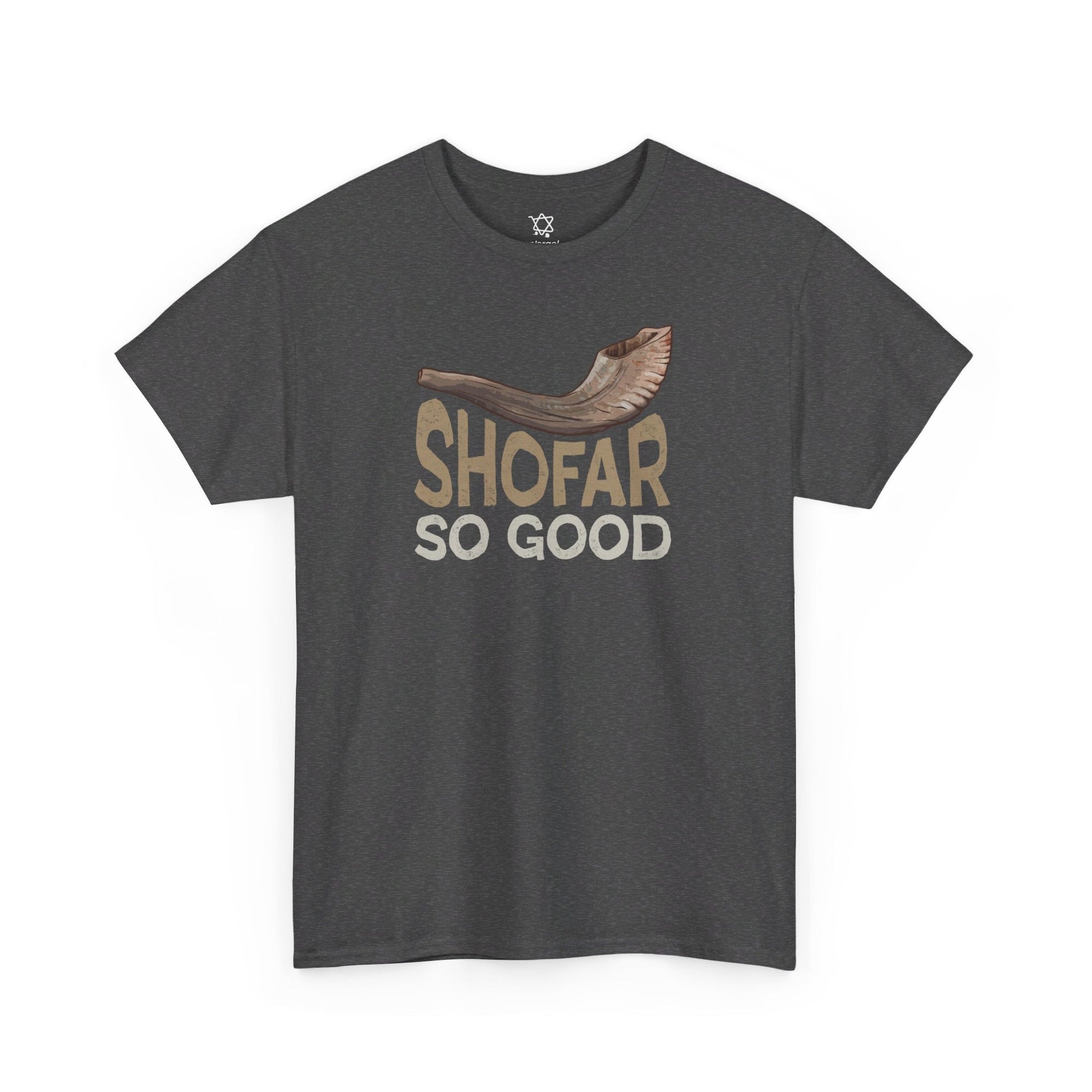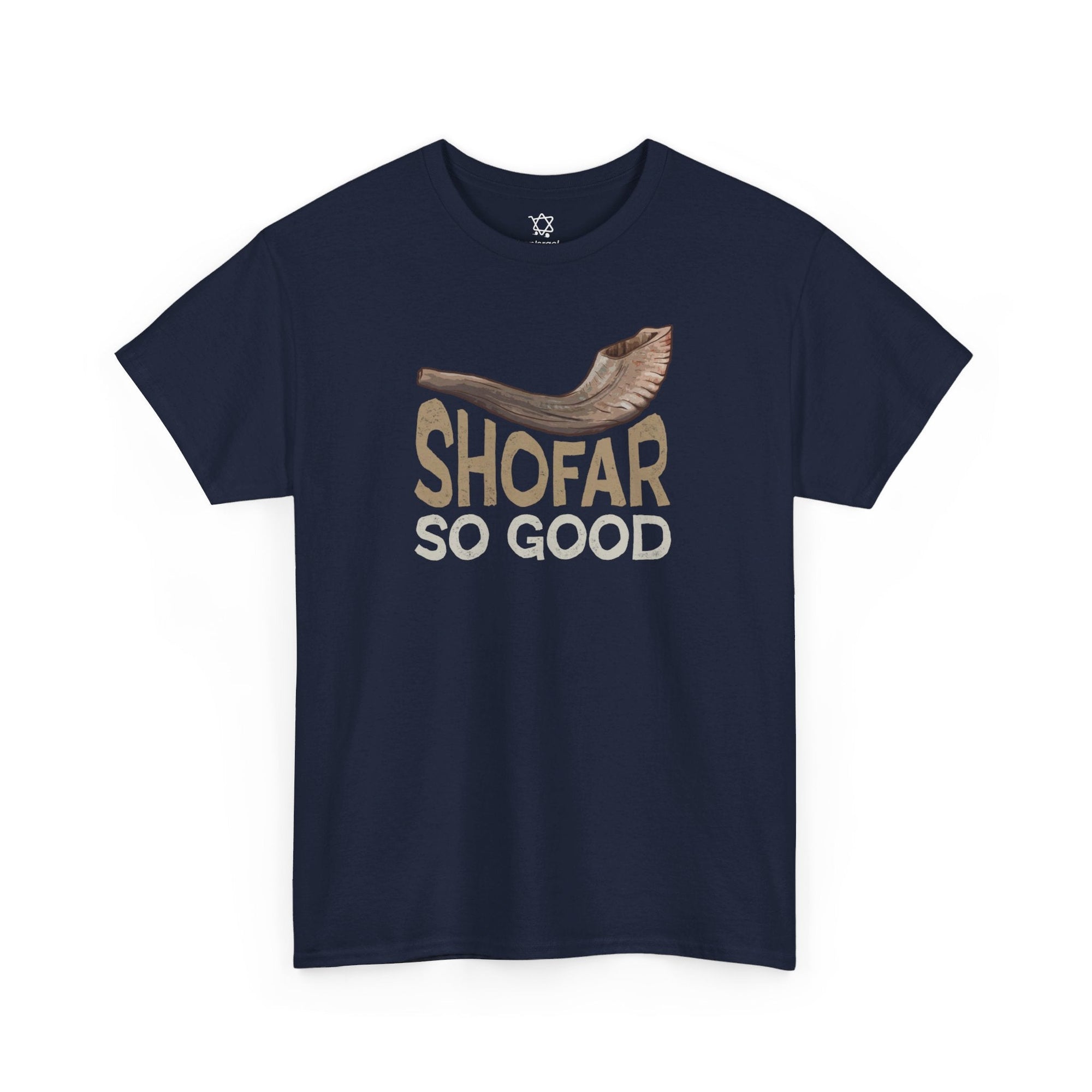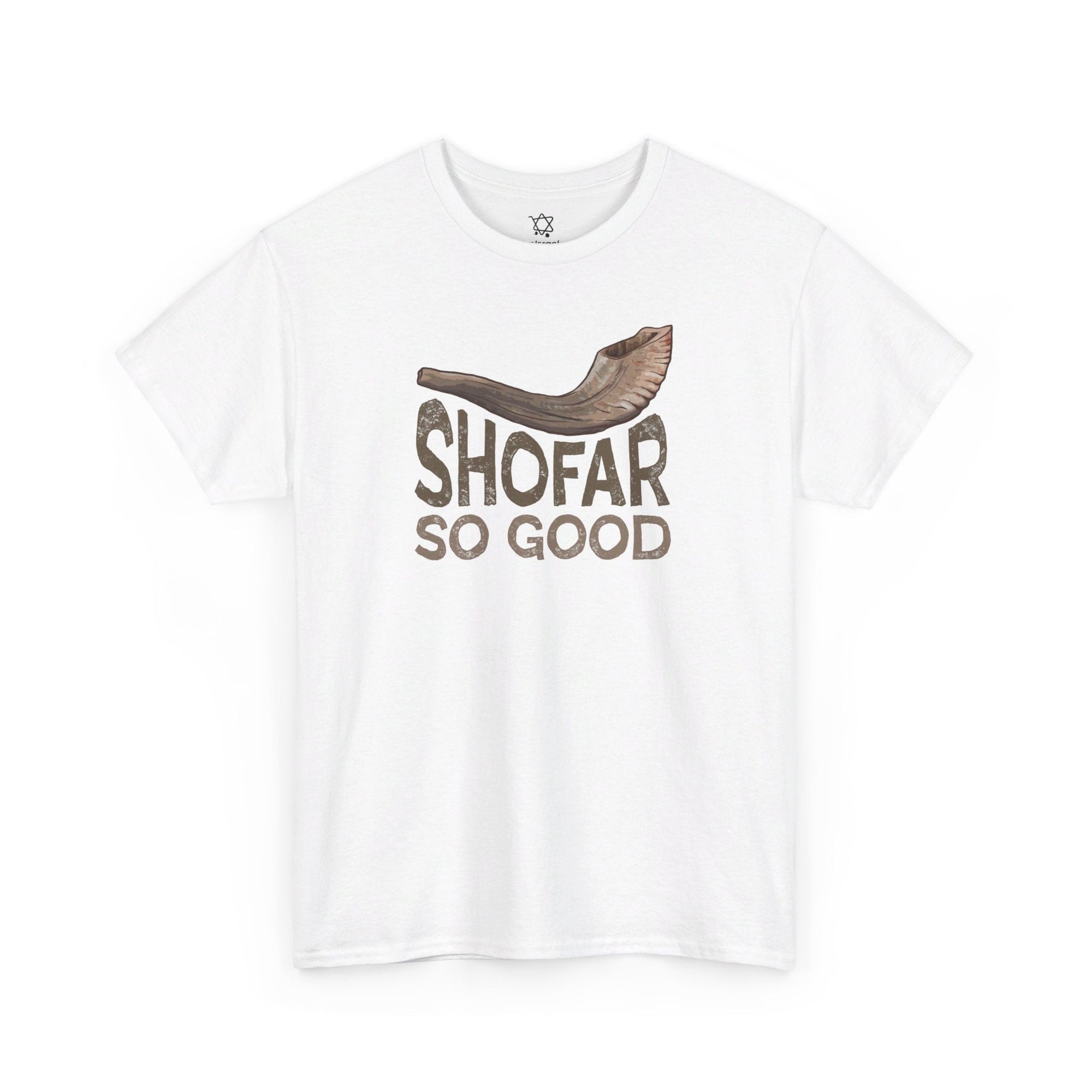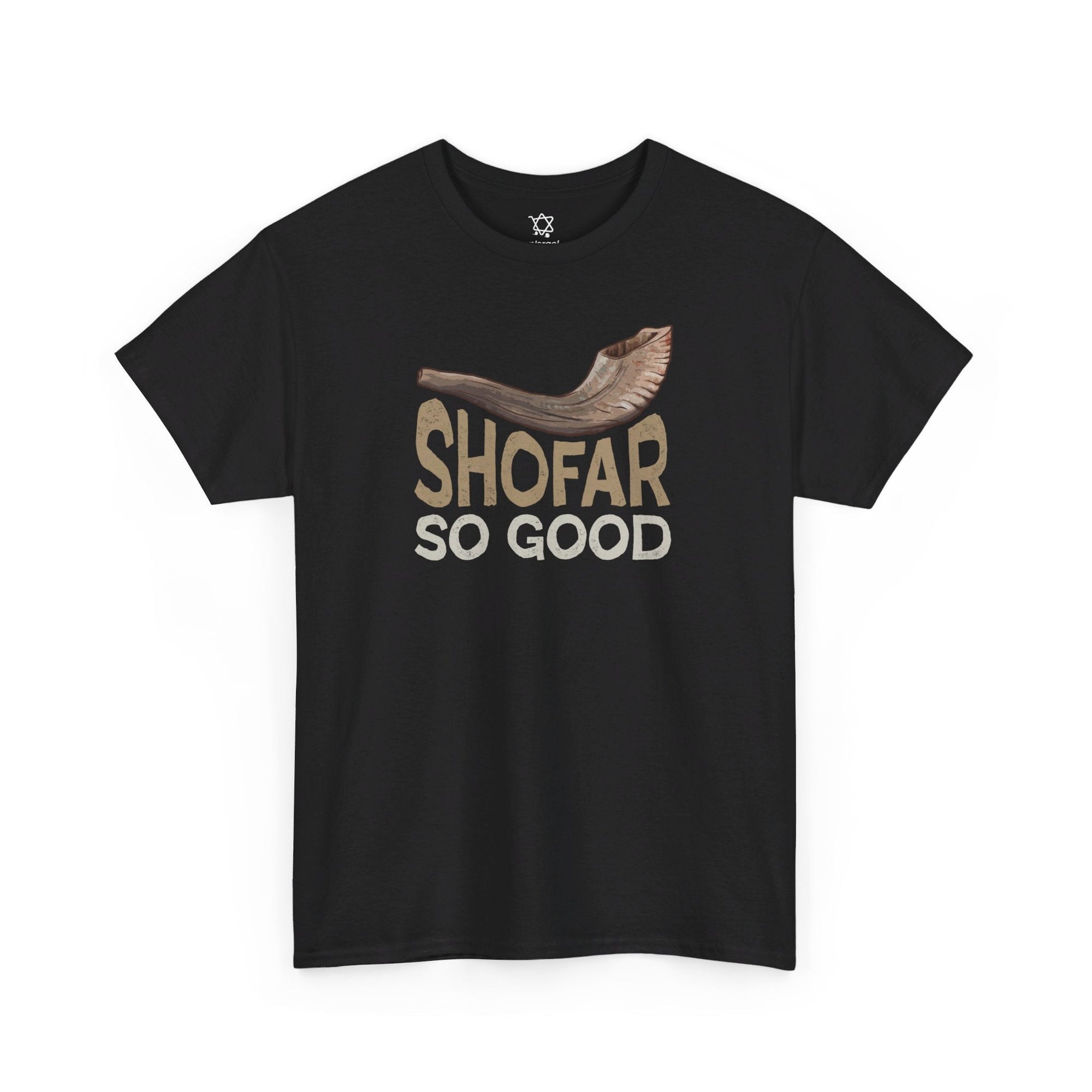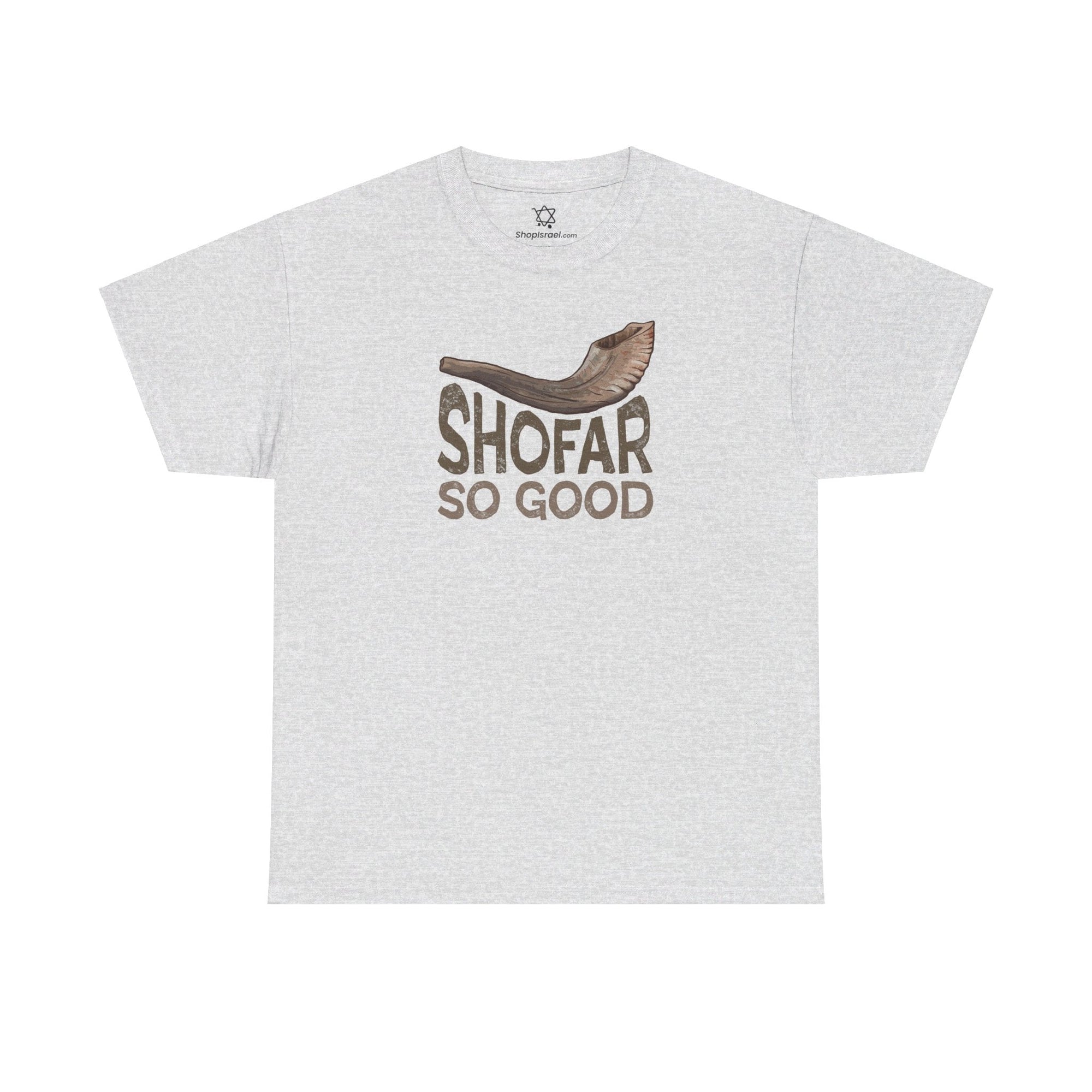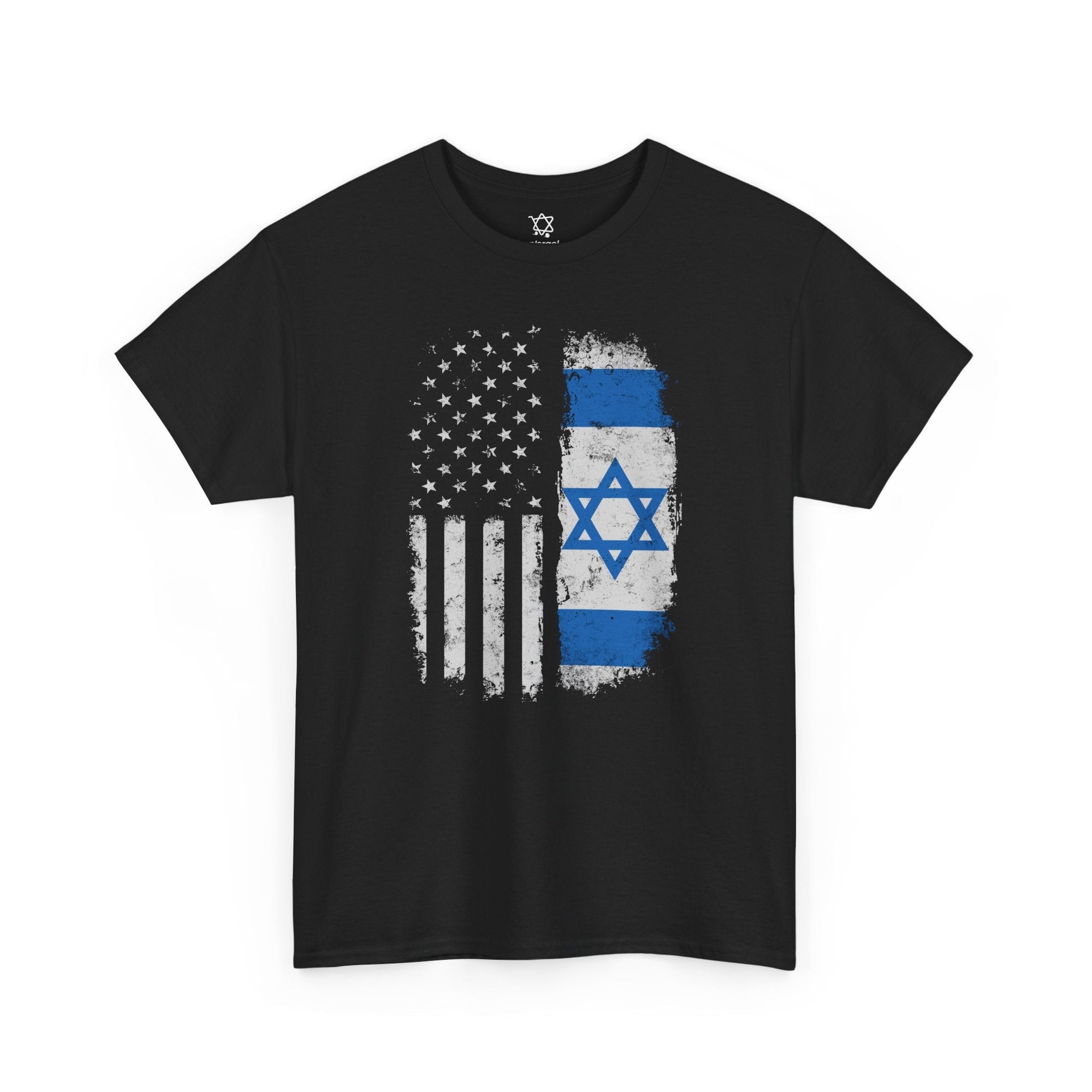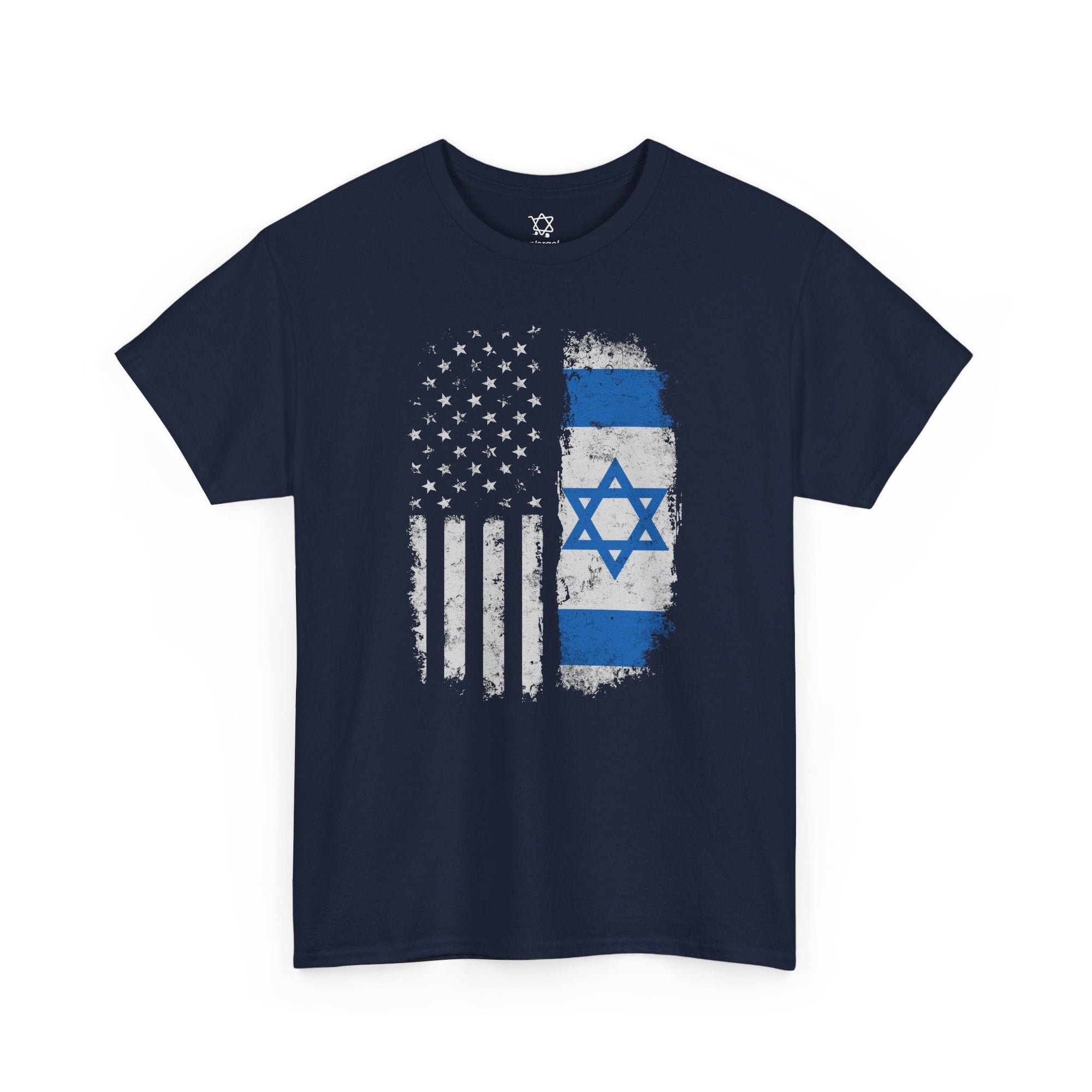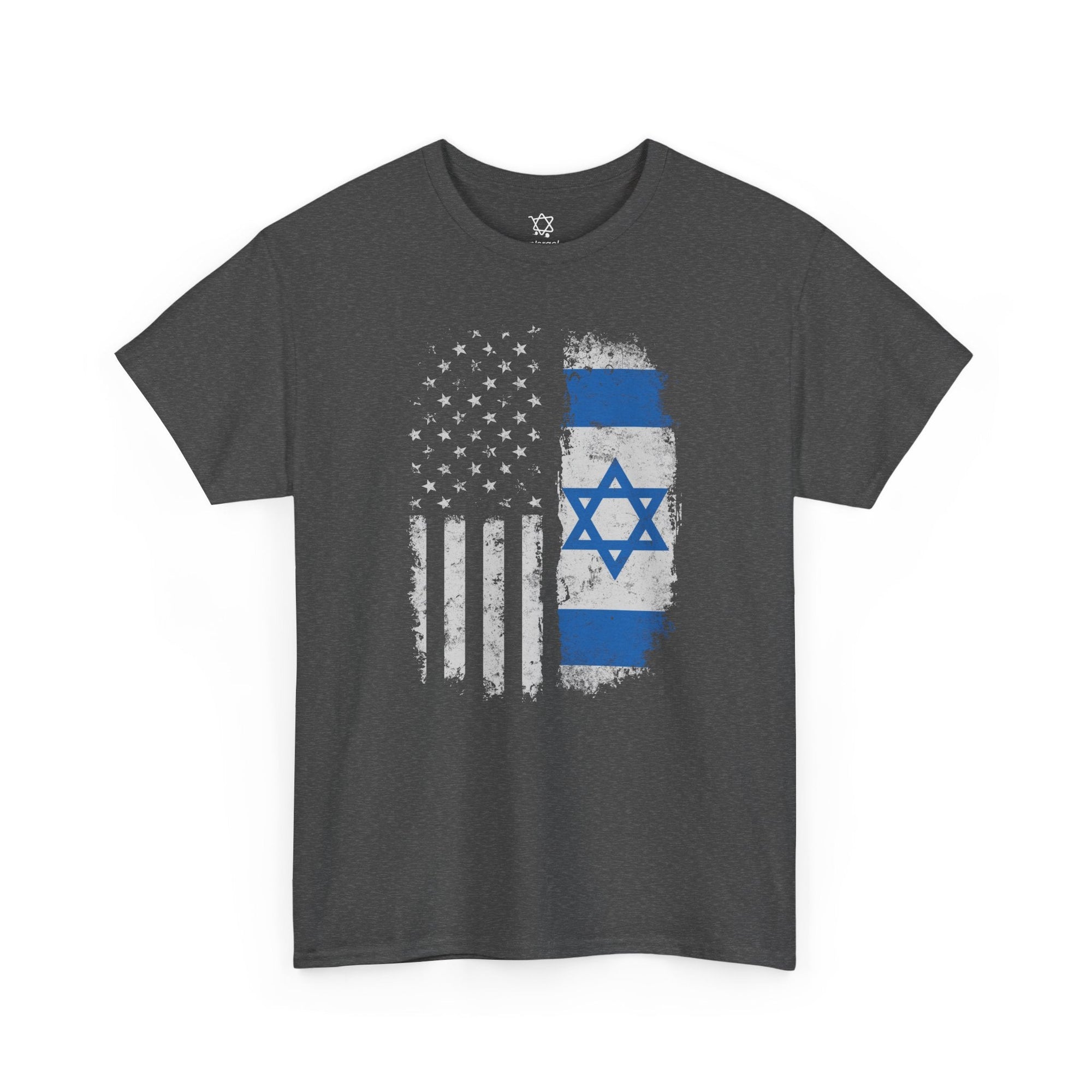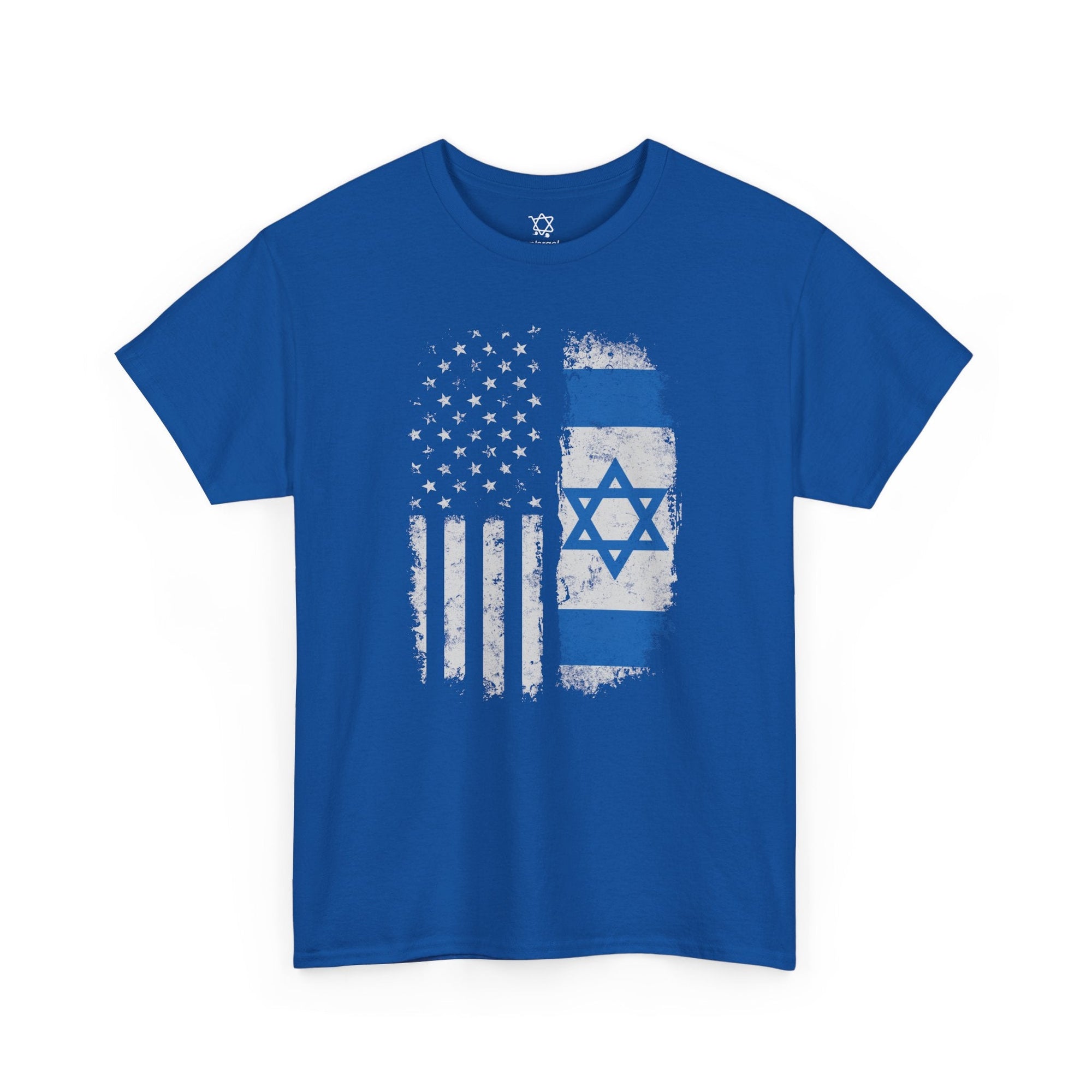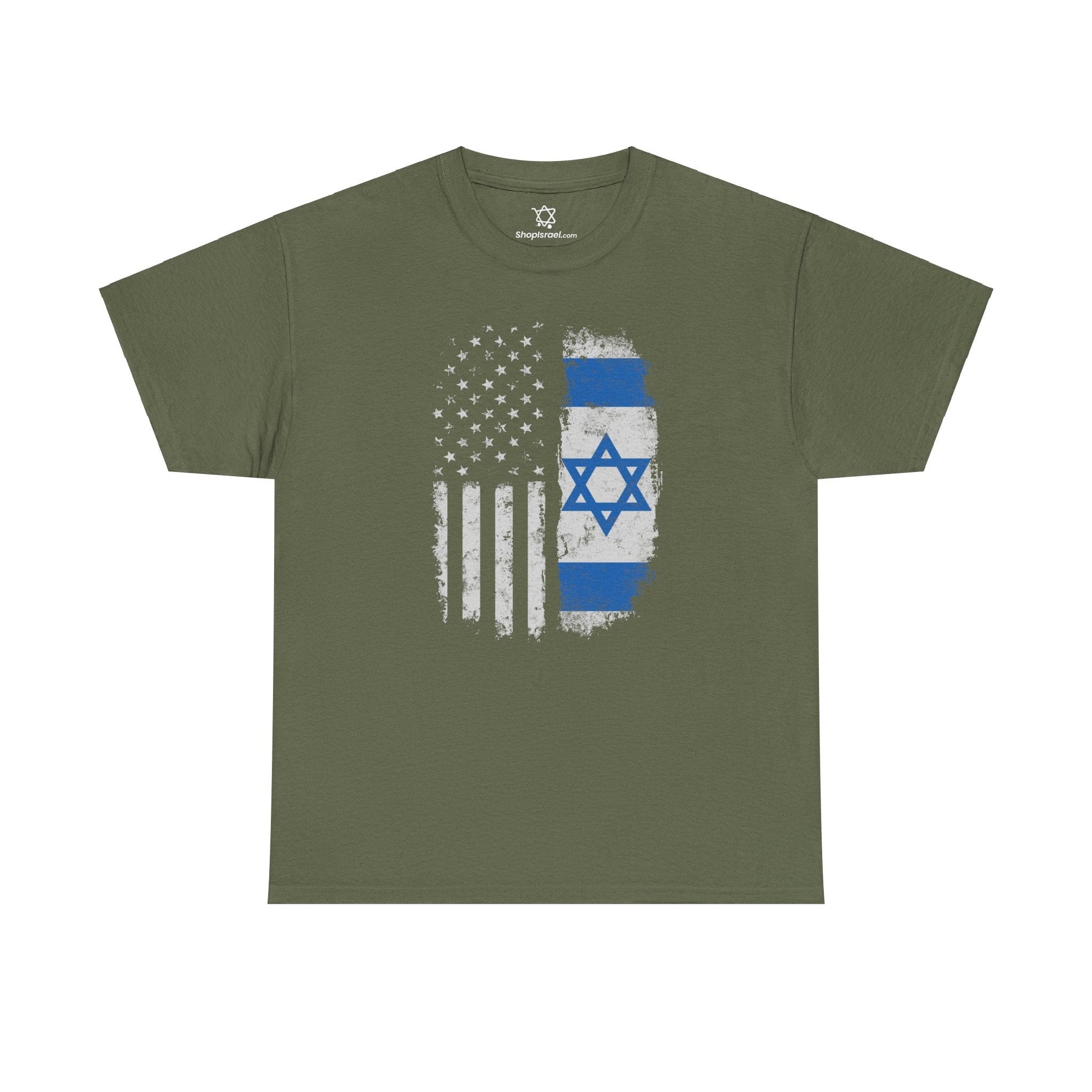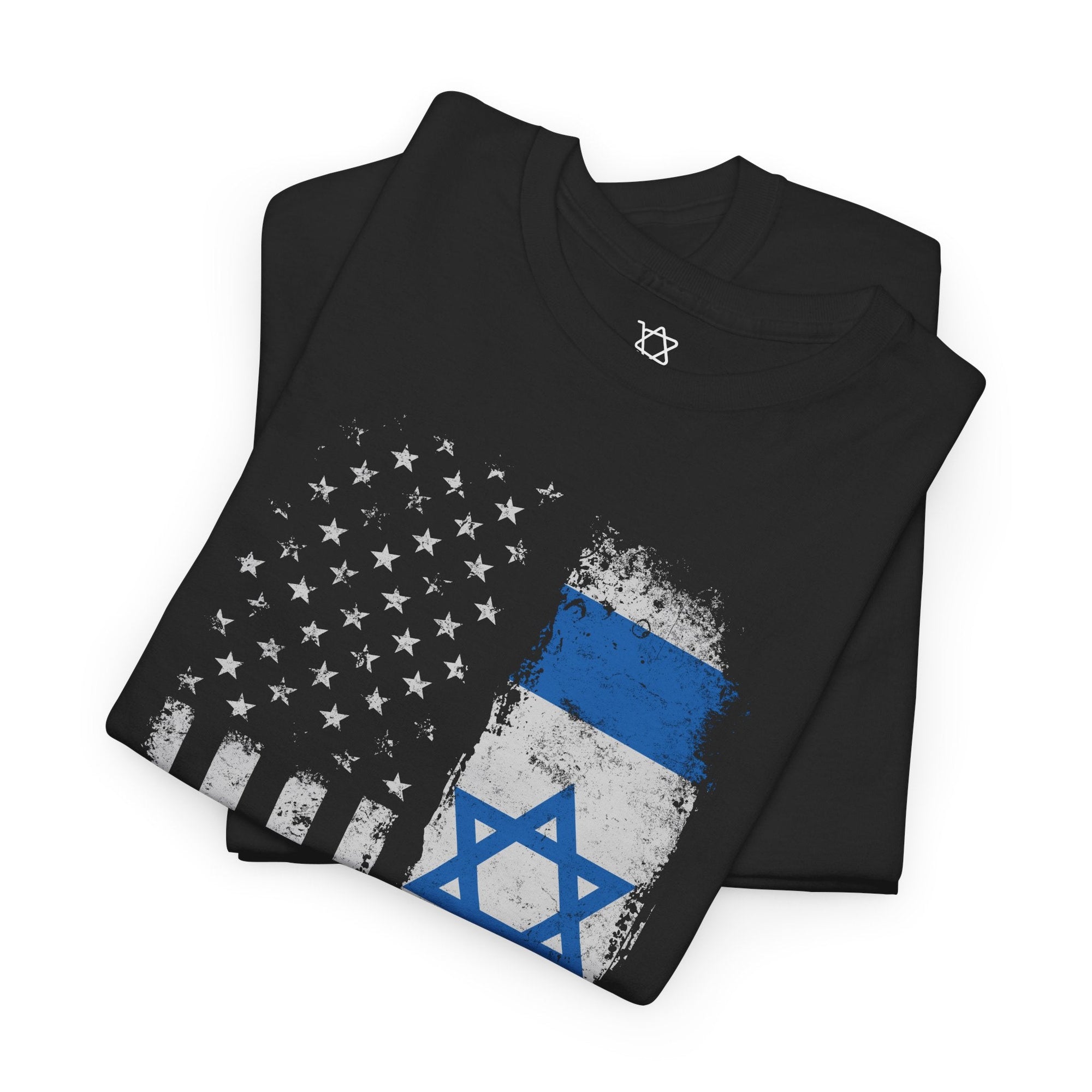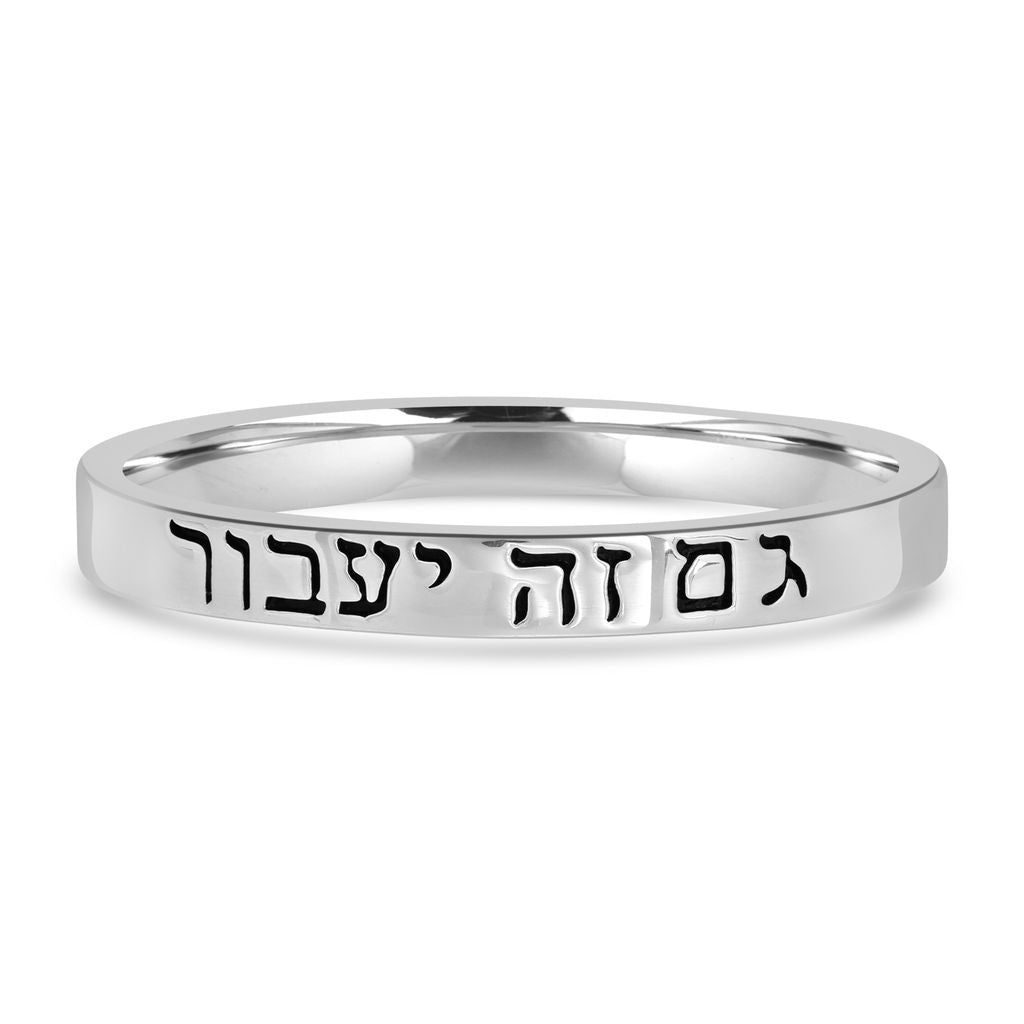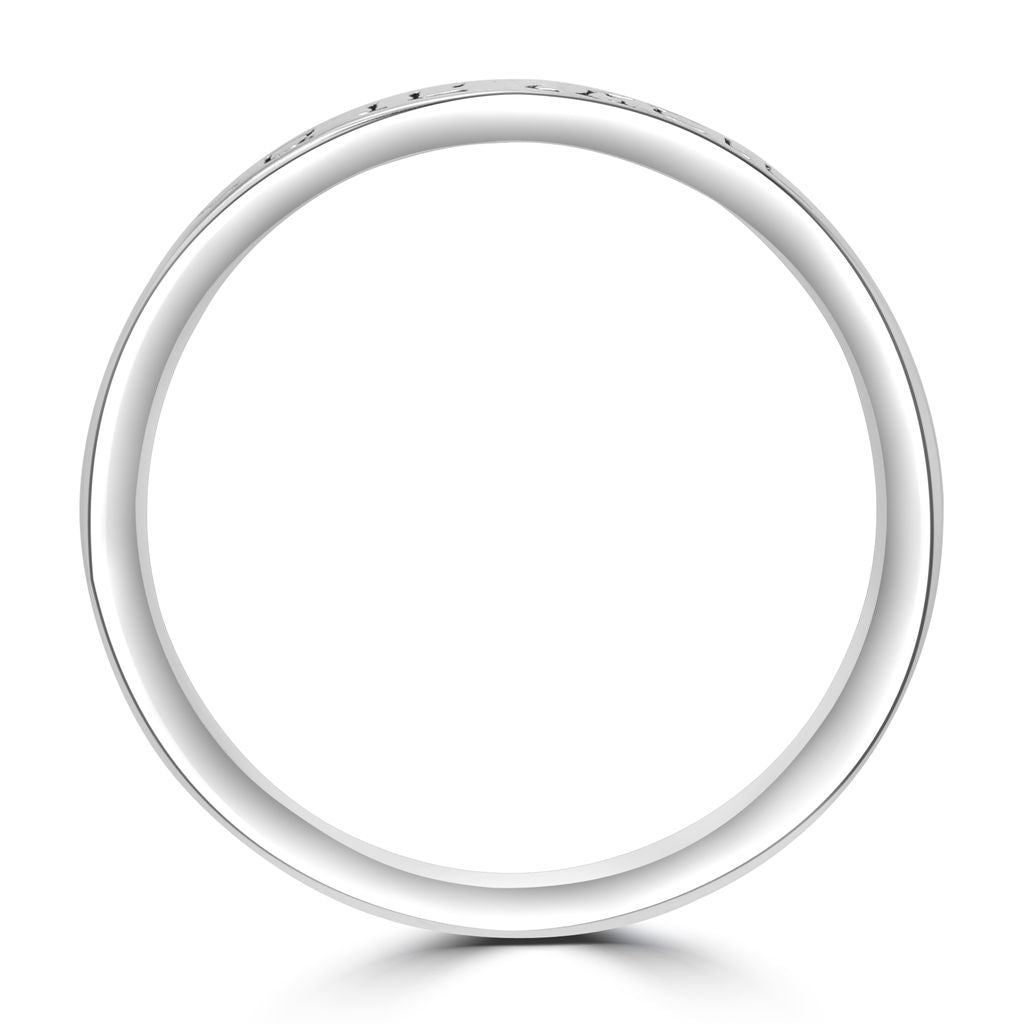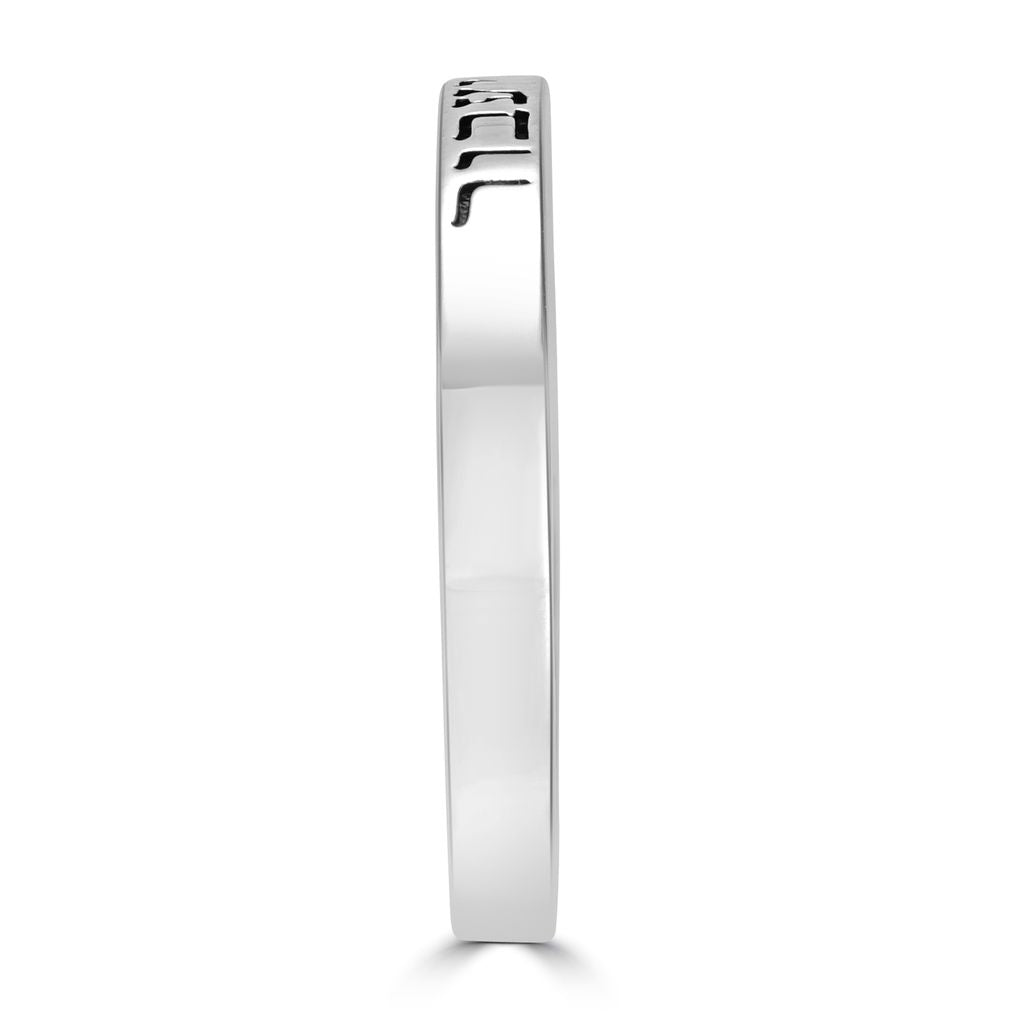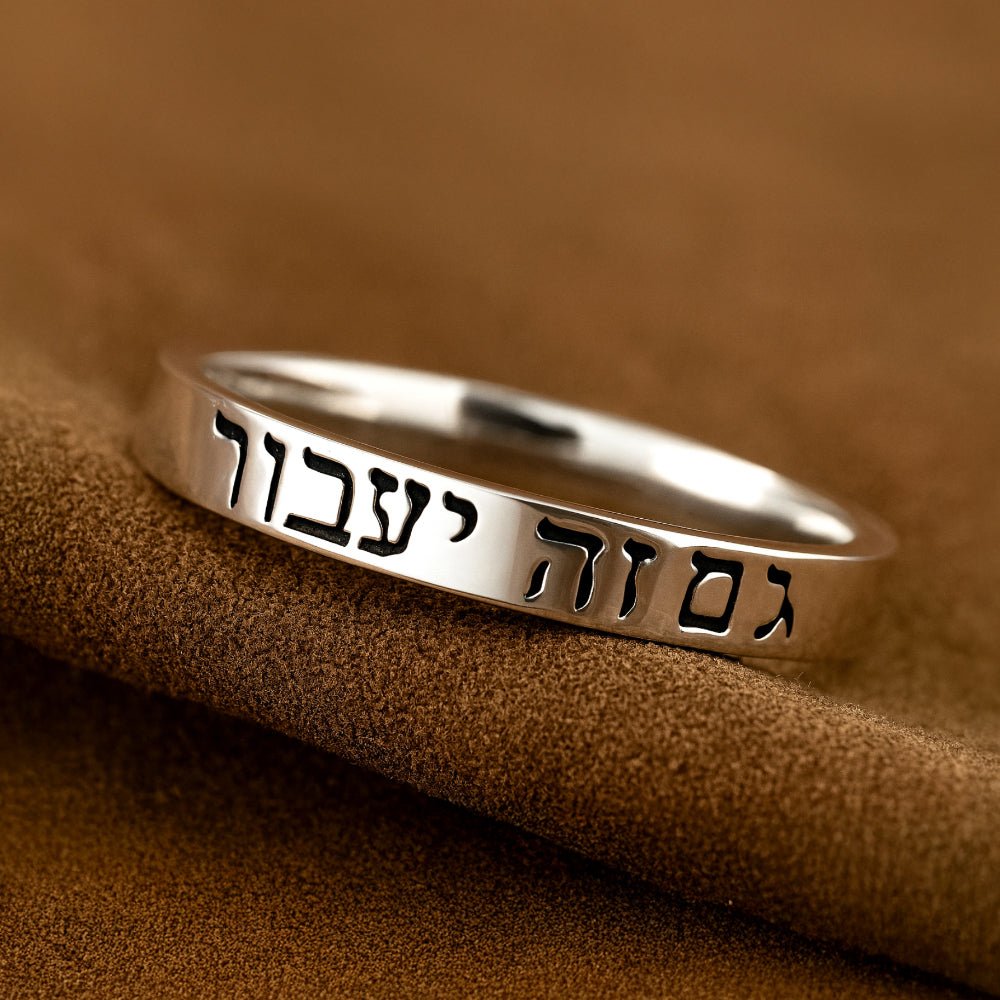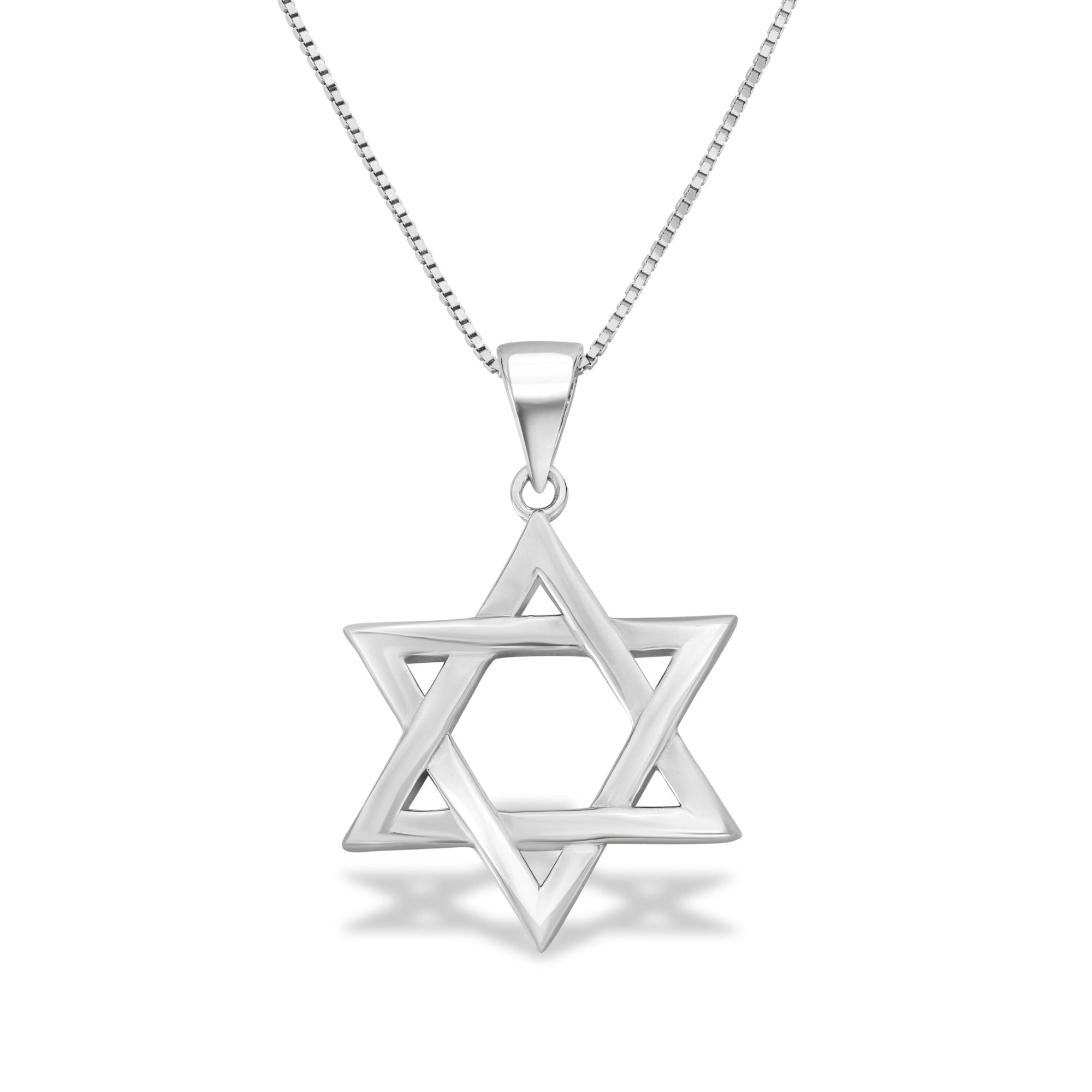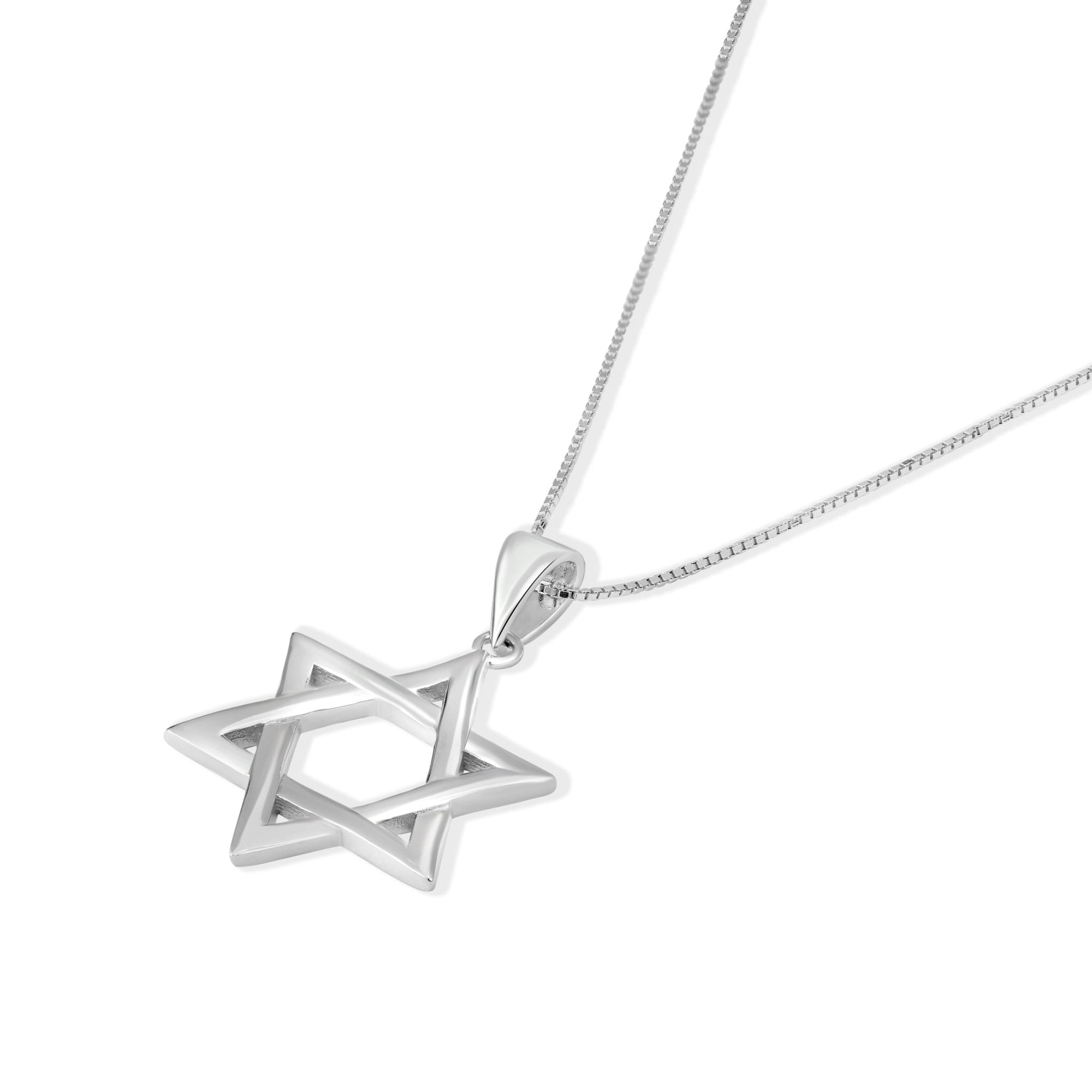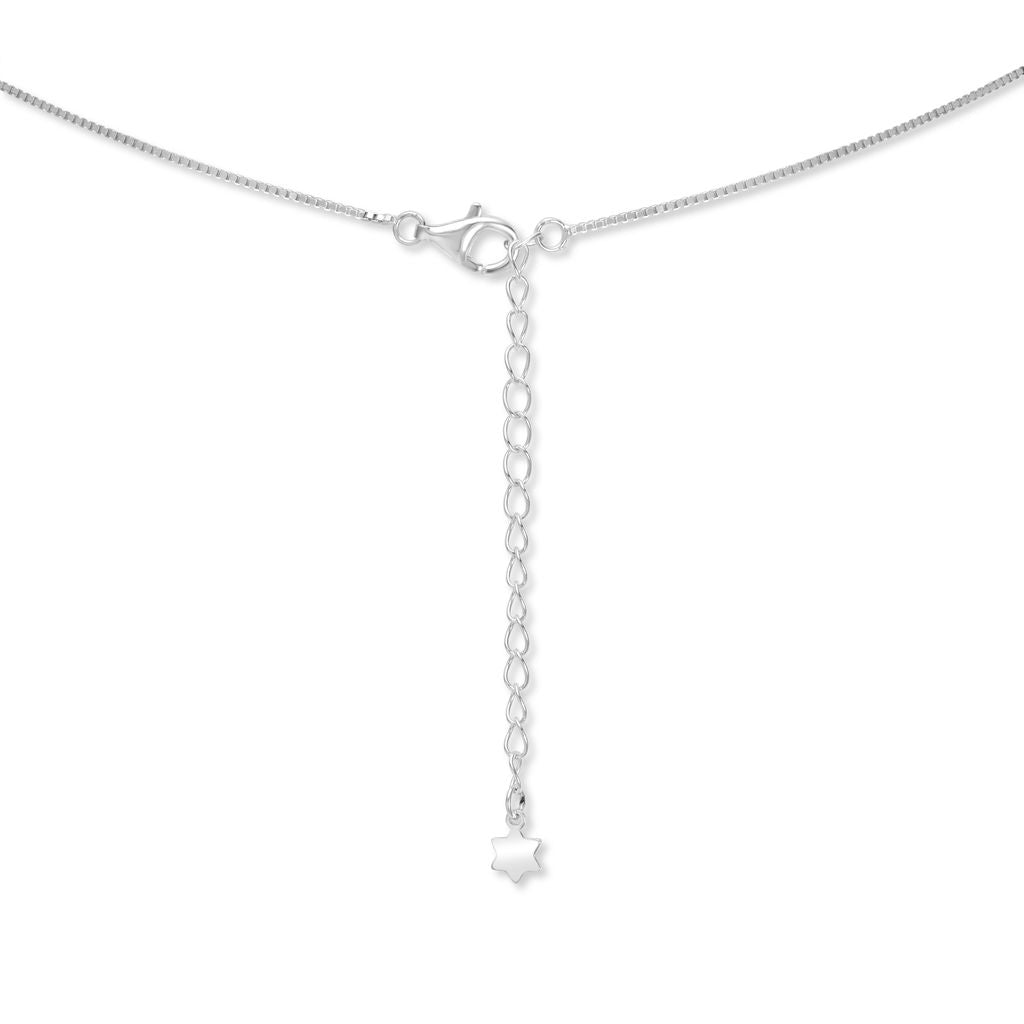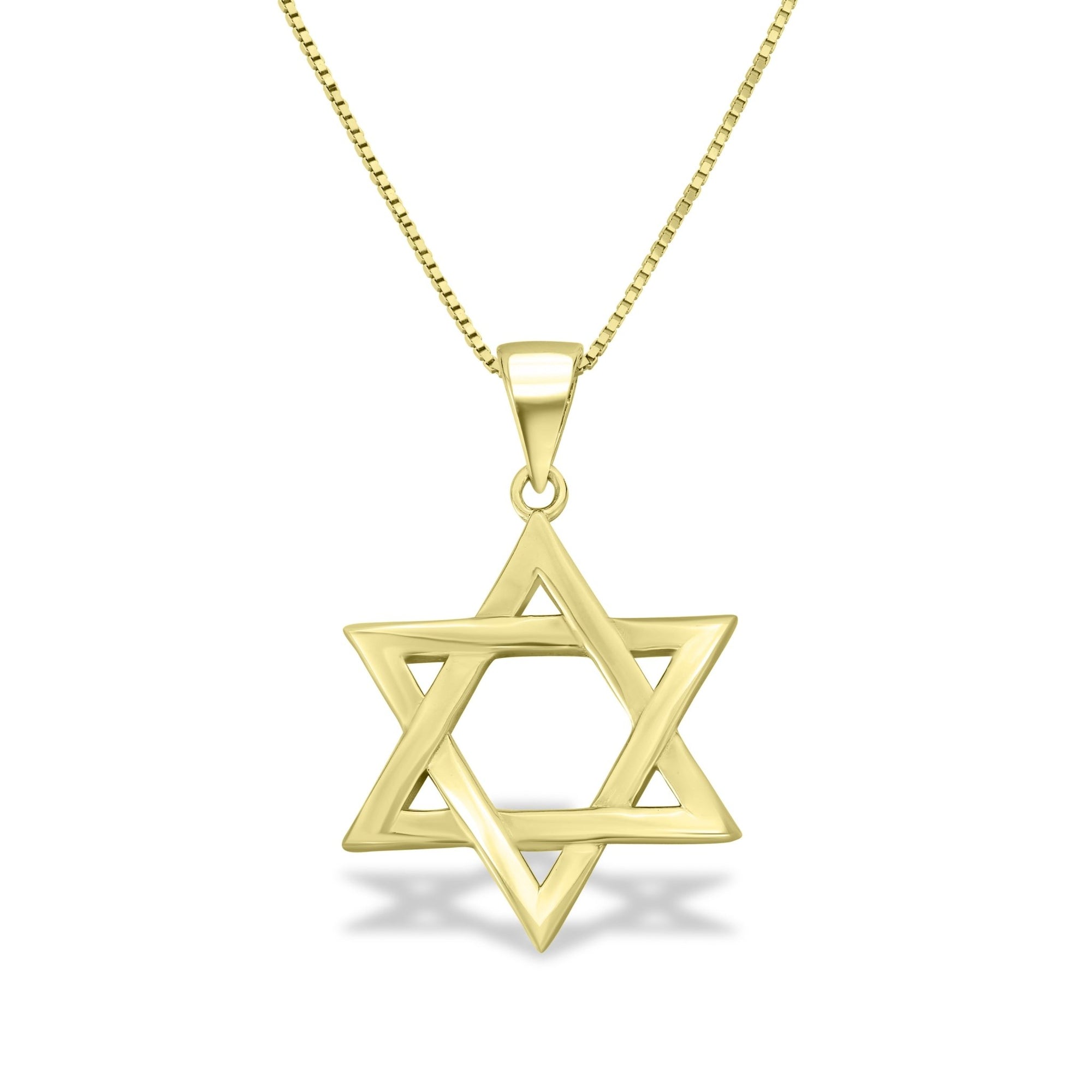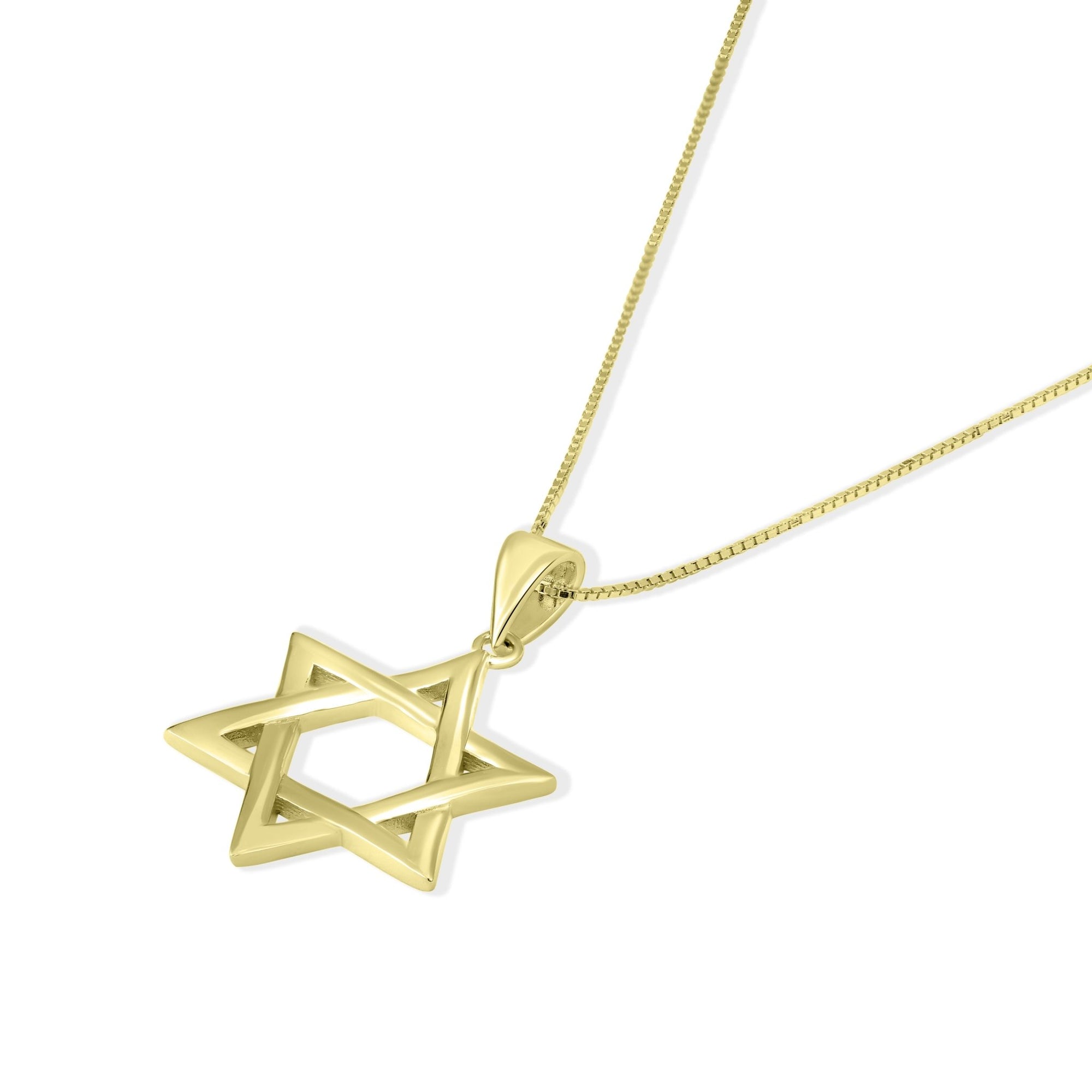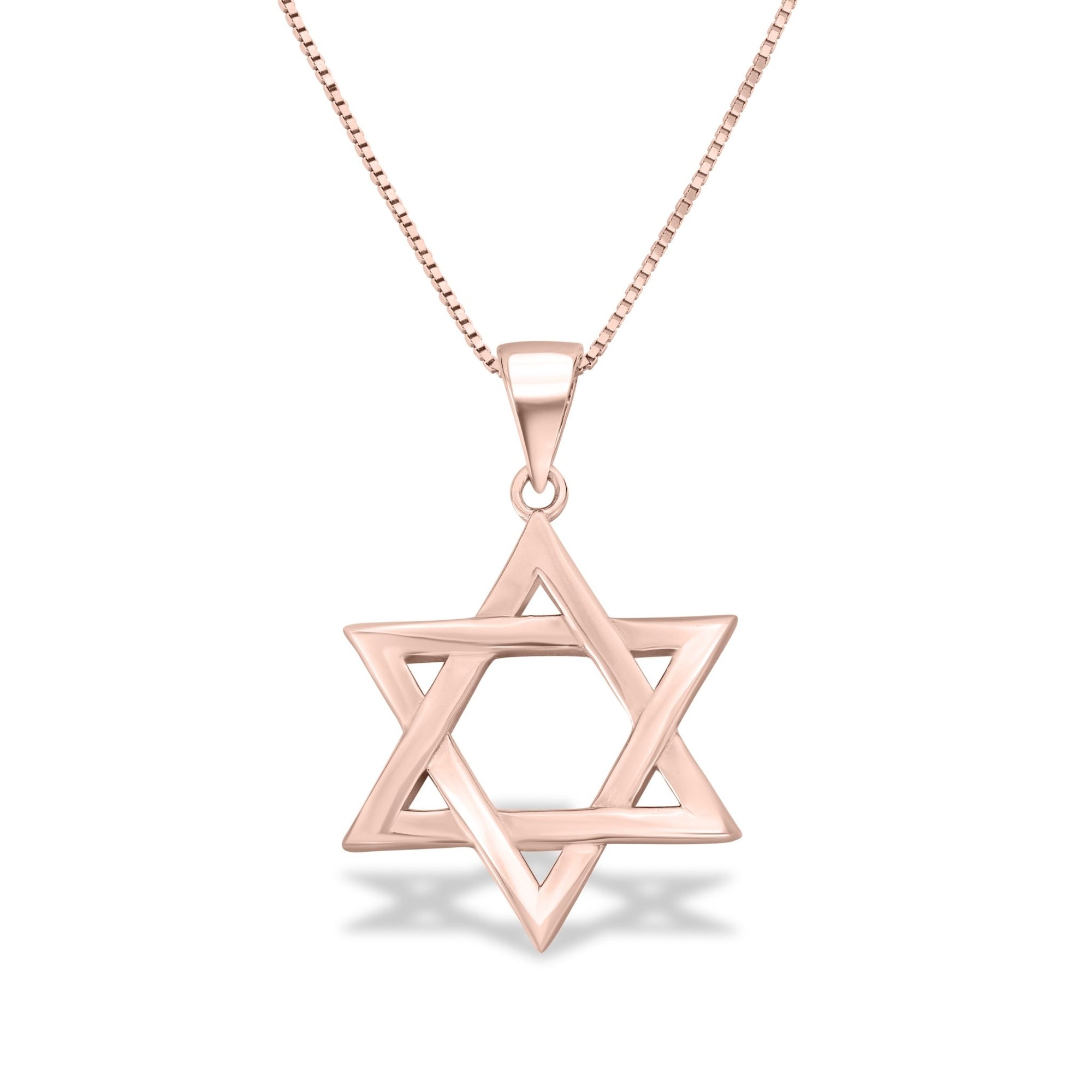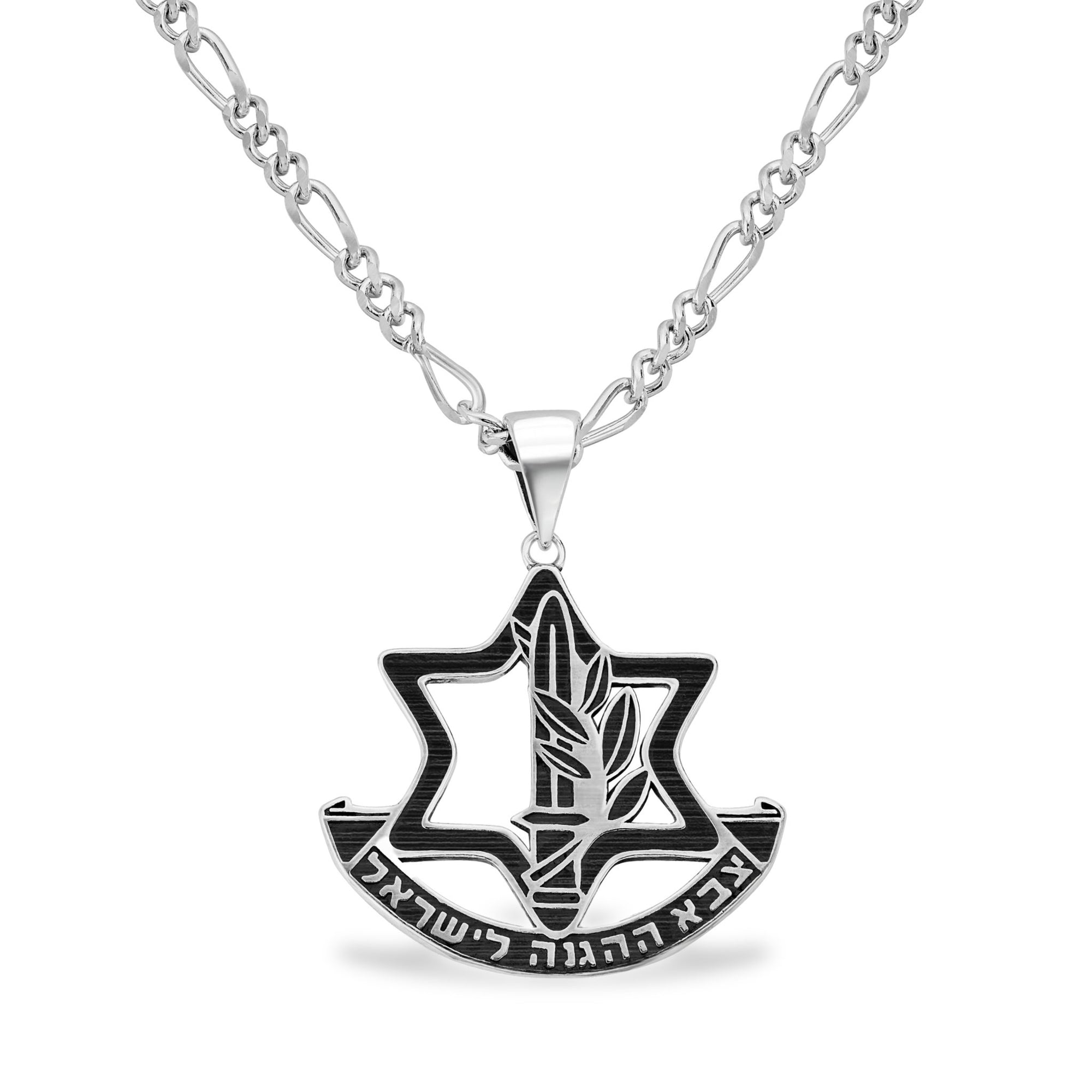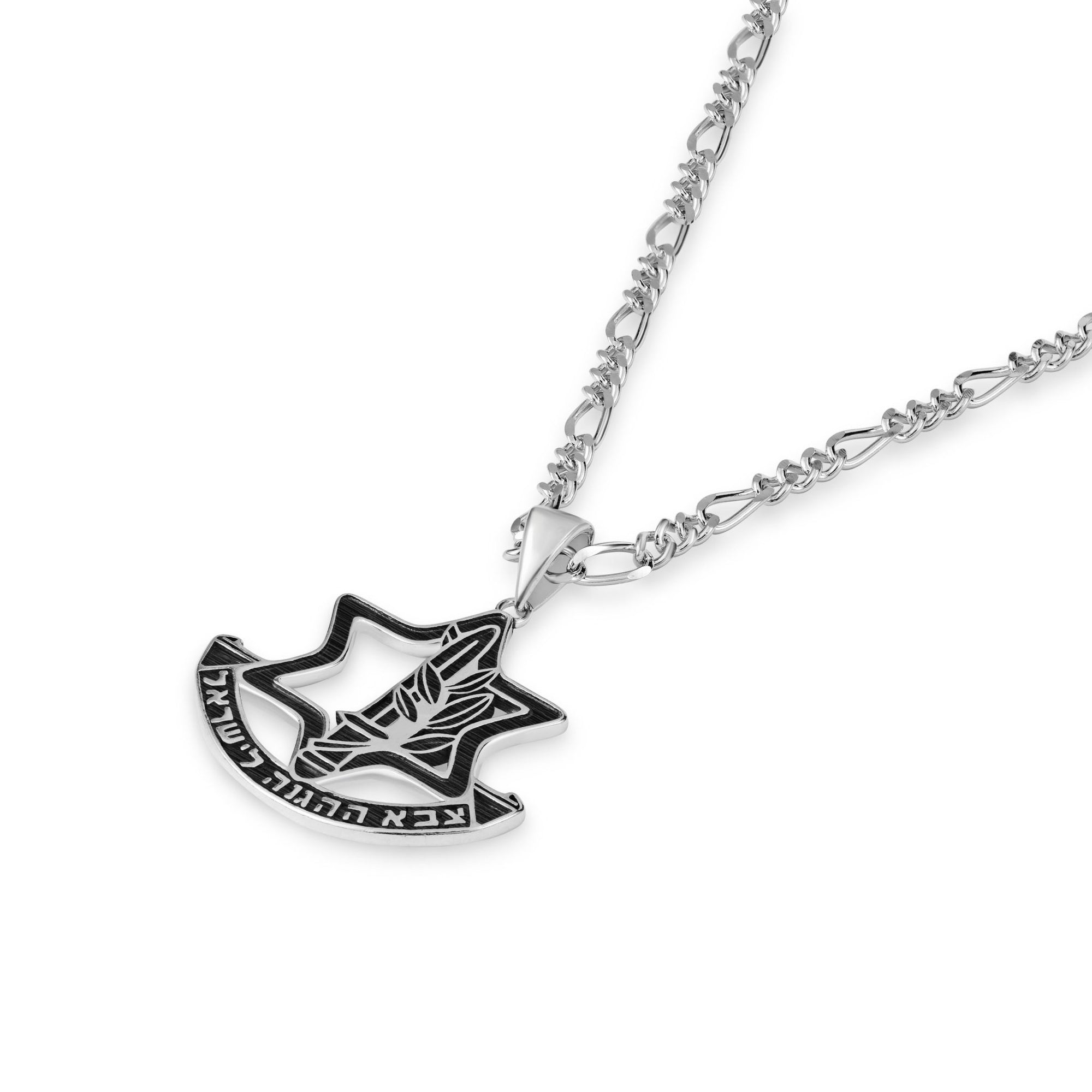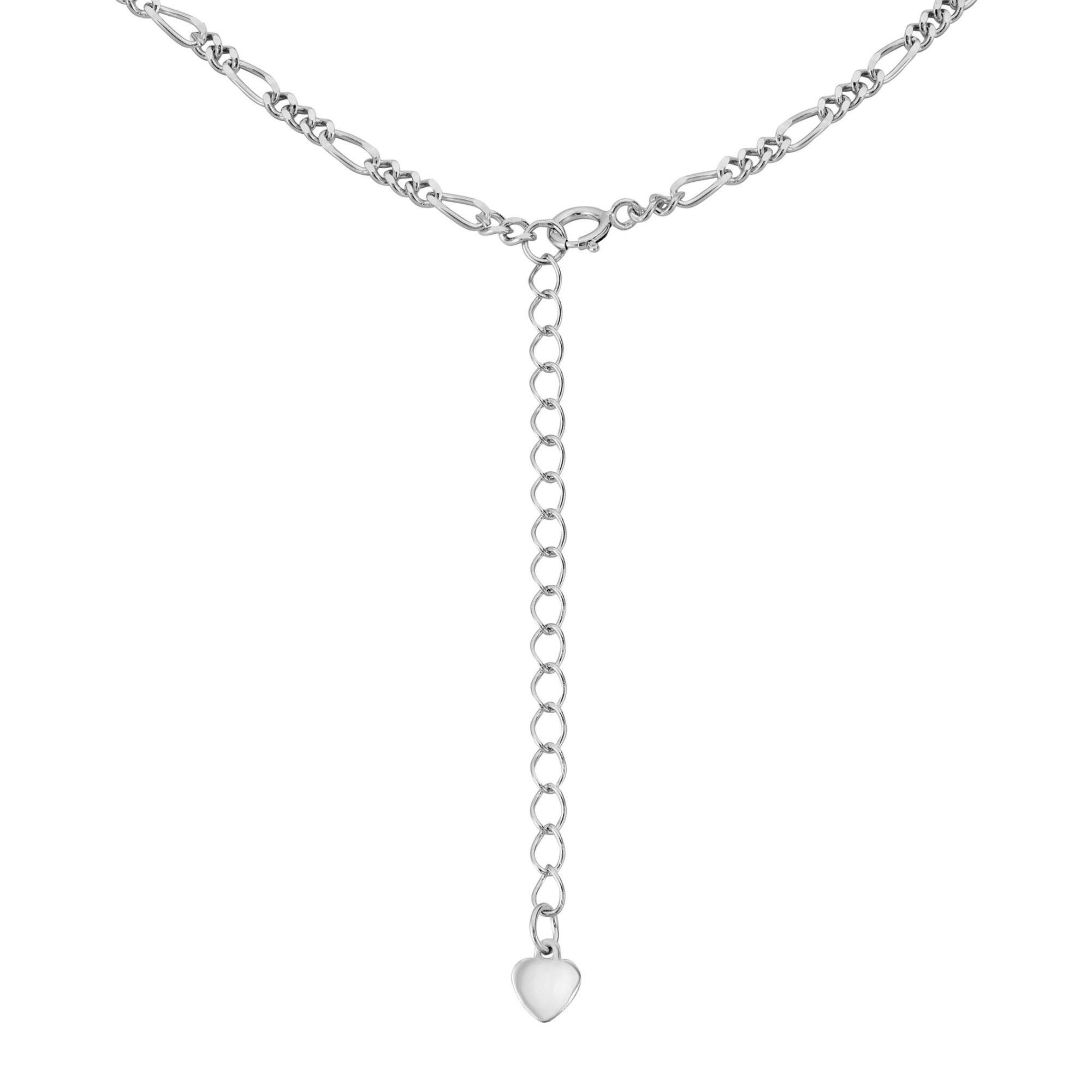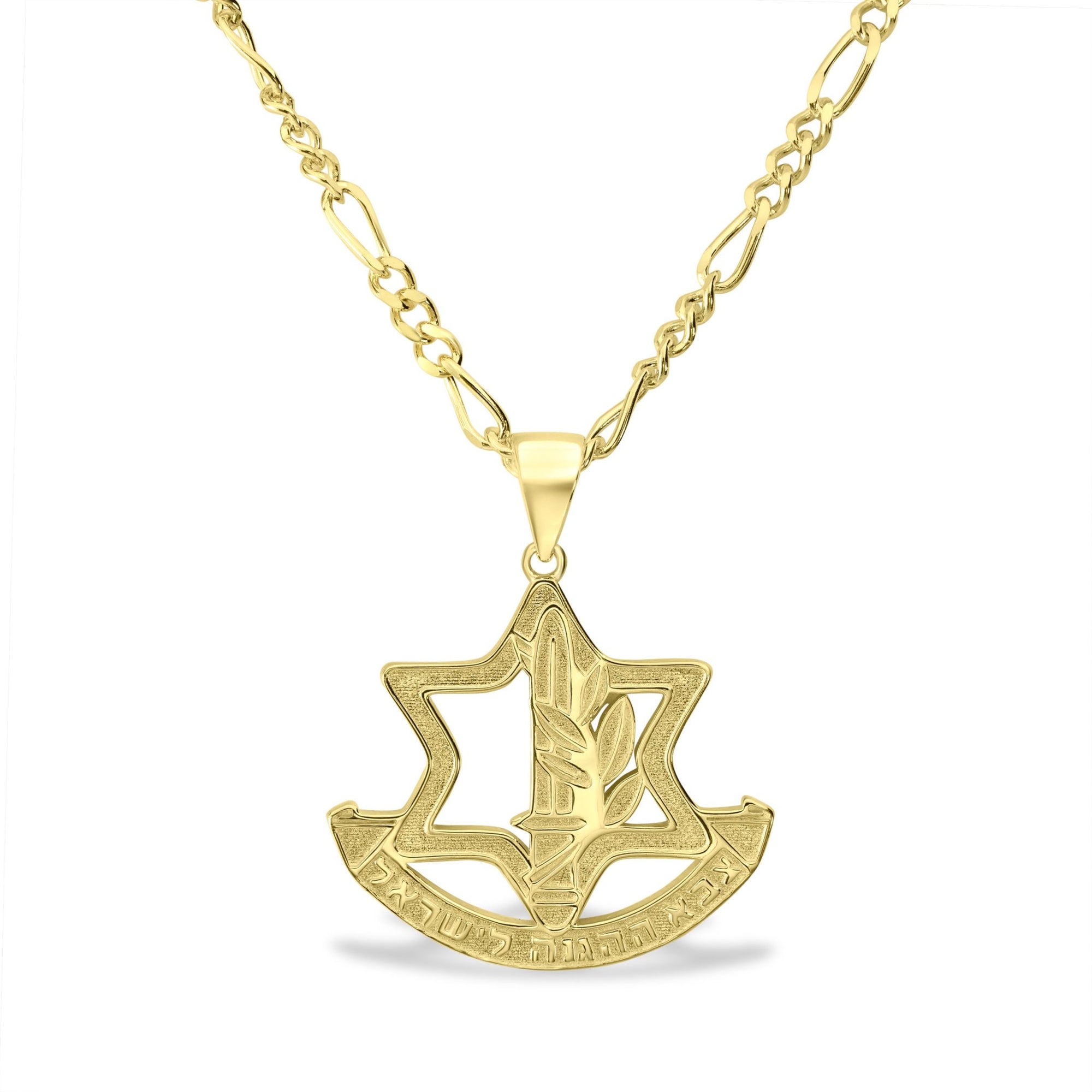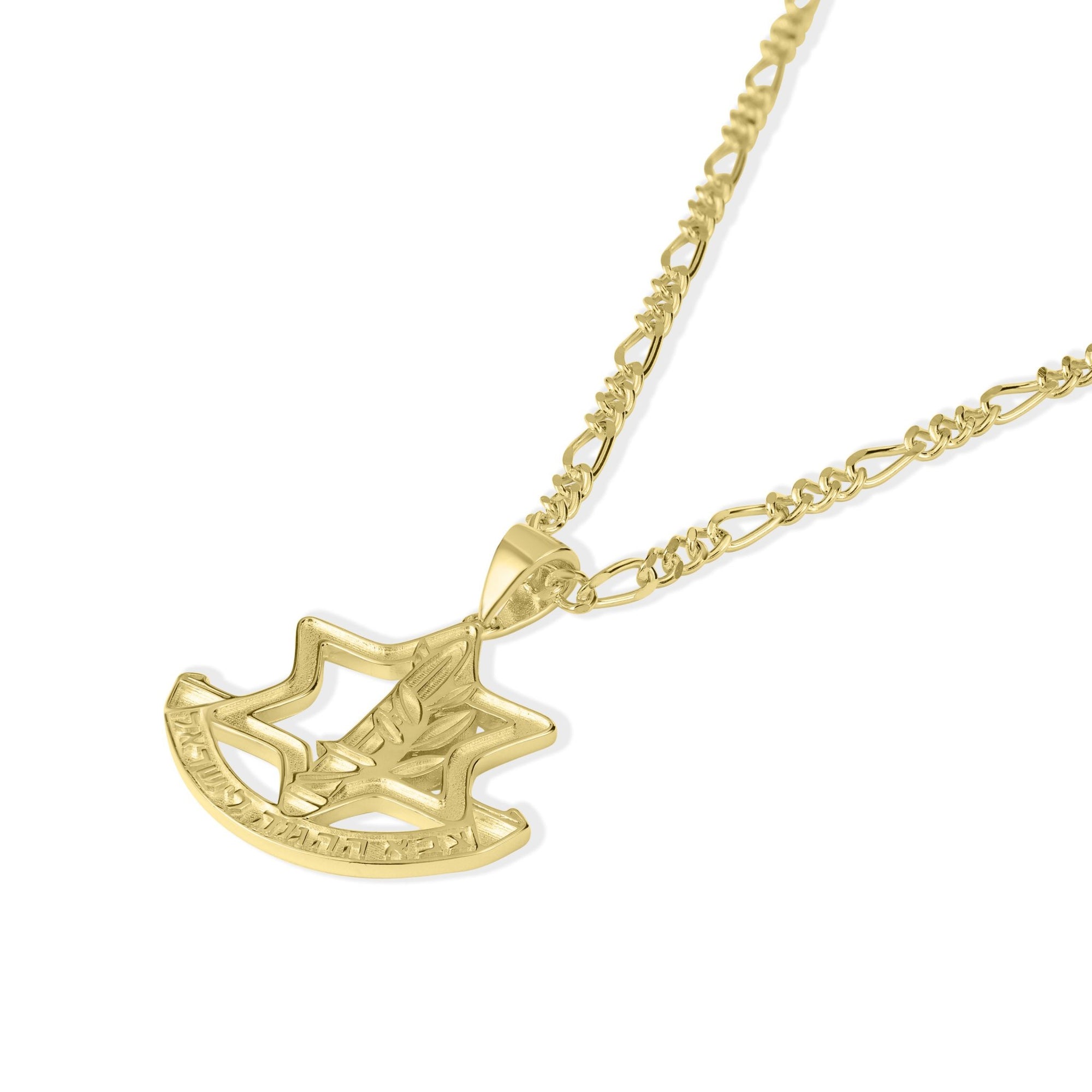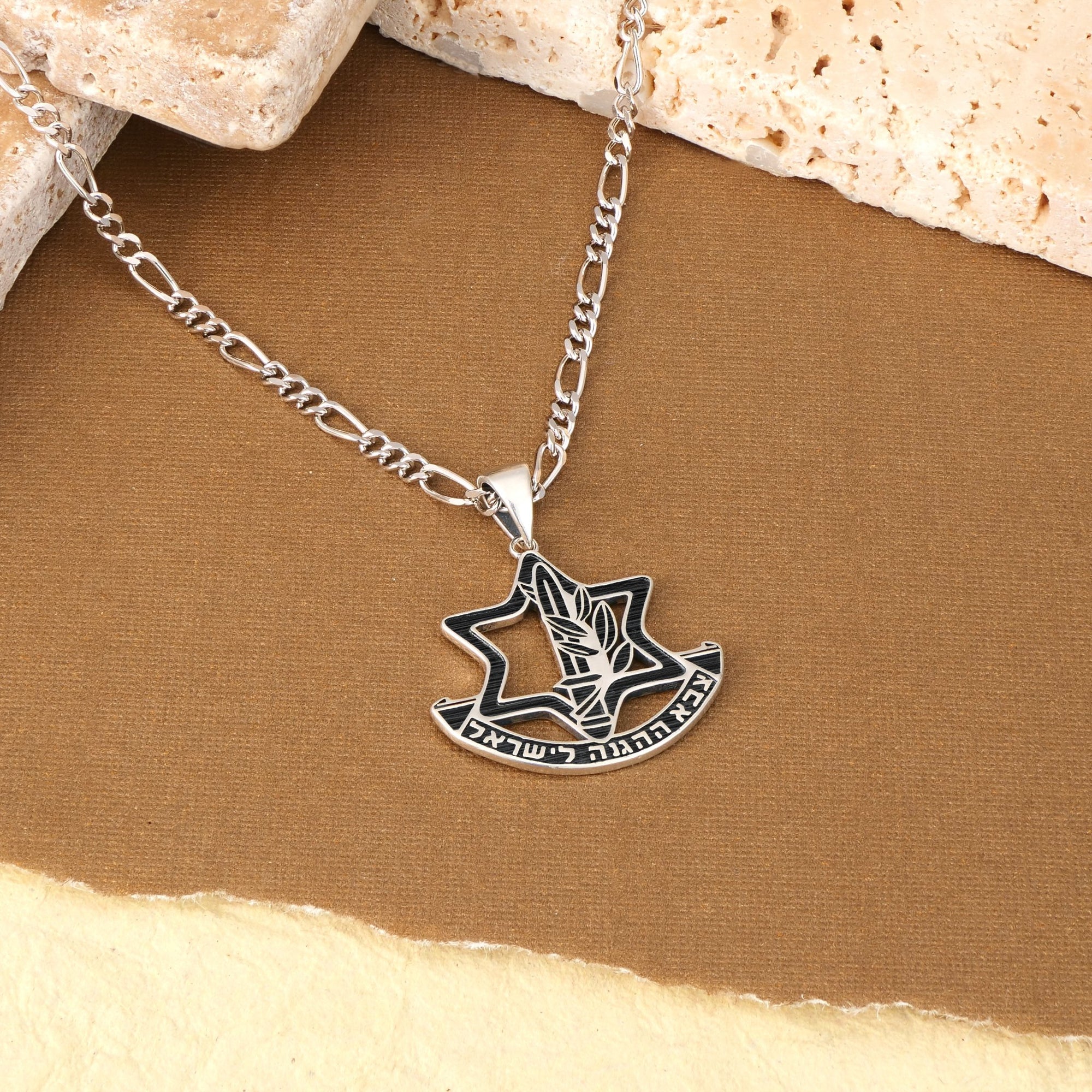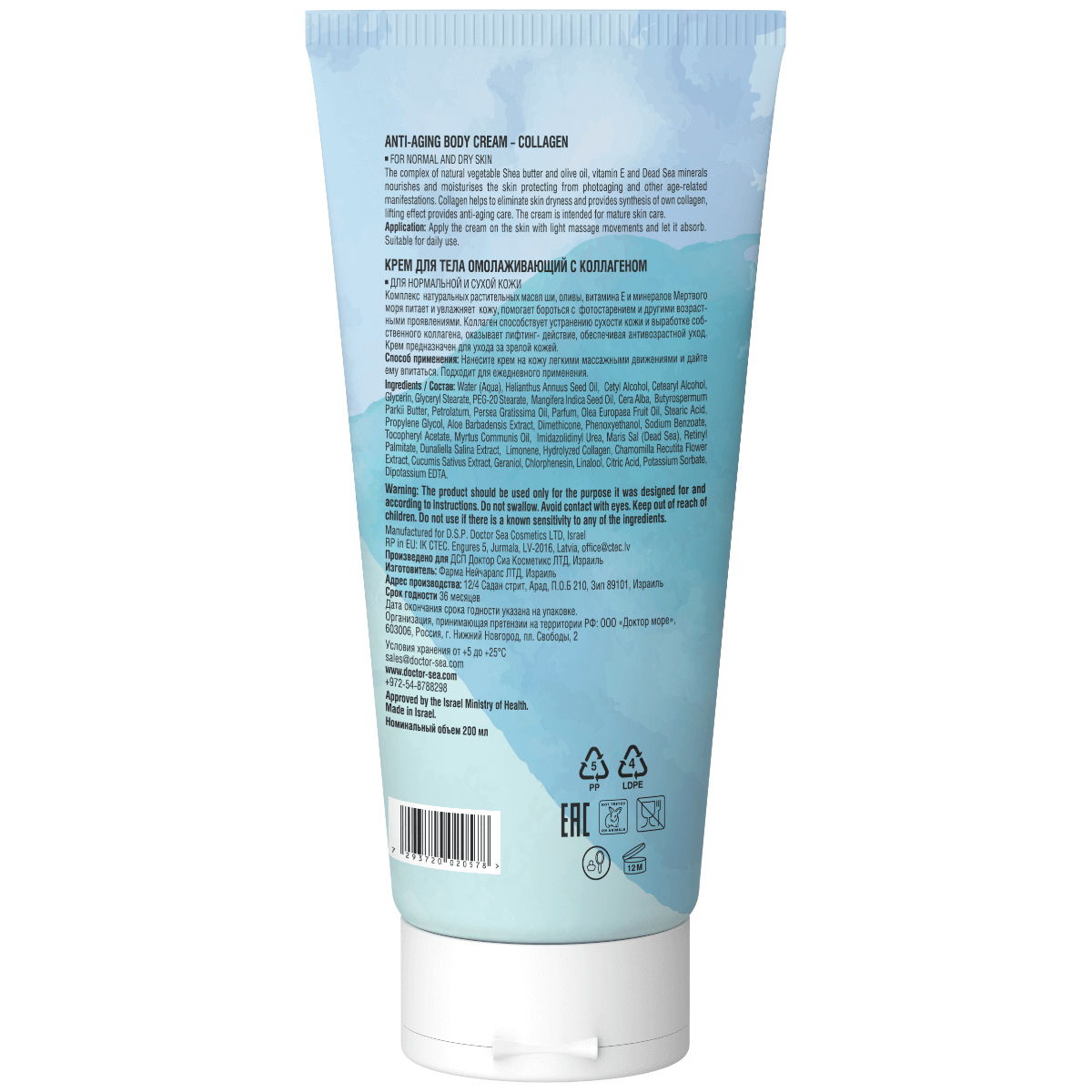Introduction to Israel-Themed Fashion Trends
Israeli fashion has undergone a remarkable evolution, merging deep cultural roots with a vibrant modern aesthetic that embraces technology and sustainability. This article explores the latest trends in Israel-themed clothing that not only celebrate national identity but also reflect global influences, social movements, and innovation in design. From symbolic motifs to advanced eco-friendly manufacturing techniques, Israeli designers are shaping a unique fashion narrative that commands international attention.
Cultural Identity and Symbolism in Israeli Fashion

How are national symbols incorporated into Israeli fashion?
Israeli fashion prominently features national symbols such as the Star of David in fashion and yellow ribbons in fashion. These motifs are not just decorative but serve as powerful expressions of social and political themes deeply rooted in Israeli society. Designers like Yael Harris Resnick designs have created identity-themed apparel in Israel, including T-shirts adorned with symbols of hope in fashion. Through such designs, clothing becomes a medium to voice cultural pride and address contemporary issues, demonstrating how fashion intersects with national identity.
In what ways does Israeli fashion incorporate traditional Jewish attire in modern designs?
Traditional Jewish garments are reimagined in modern Israeli fashion to reflect both heritage and contemporary style. The 'Tallit' prayer shawl, traditionally worn during religious ceremonies, has been transformed into a sleek, fashionable accessory symbolizing cultural pride. Similarly, the 'Kippah' or yarmulke has evolved beyond its religious origins into a stylish headpiece, featuring intricate embroidery and bold patterns. This blending of old and new elements fuses religious heritage with modern aesthetics, allowing wearers to express identity in diverse and meaningful ways.
Israeli fashion thus stands as a vibrant tapestry where cultural symbols and traditional attire meet modern creativity, offering garments that tell stories beyond fabric and thread.
Innovation and Sustainability in Israeli Fashion Design
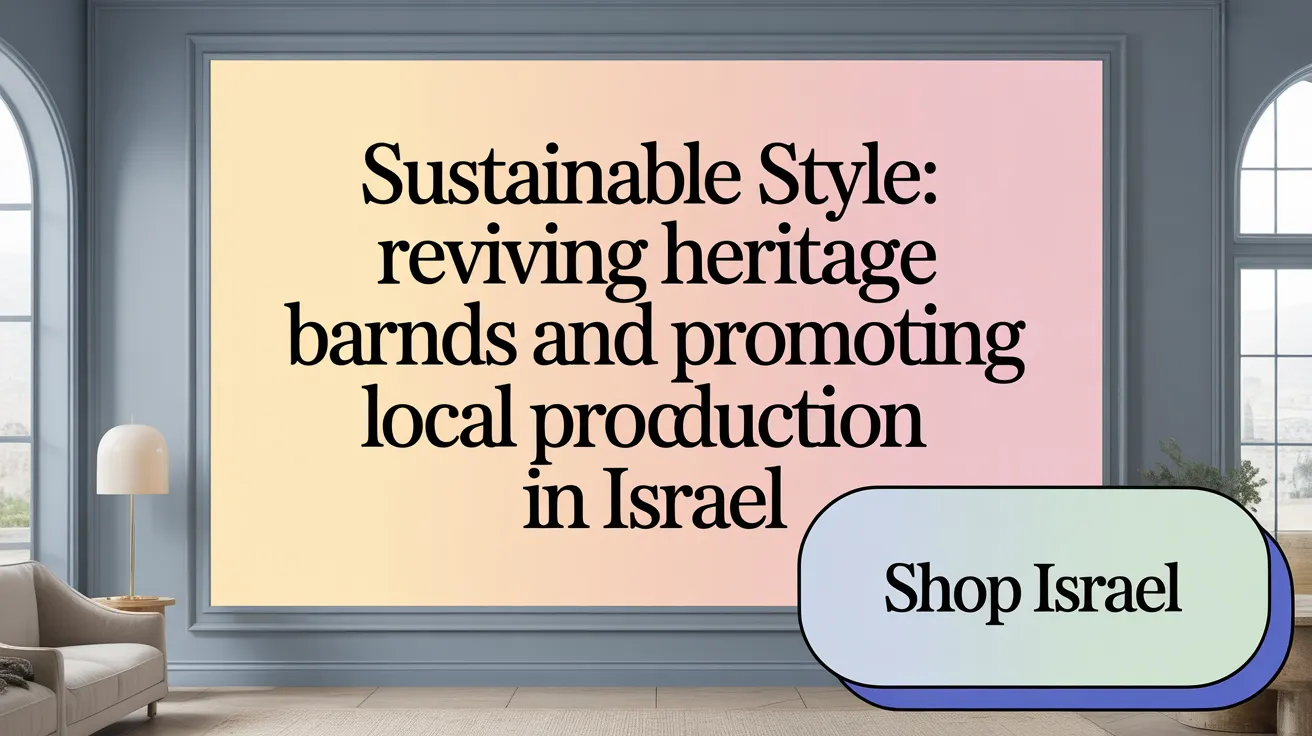
How are Israeli designers integrating technology into their fashion lines?
Israeli fashion designers are pioneering the use of advanced technologies to reshape the industry. A notable example is the application of 3D printing in Israeli fashion, which allows precise and eco-friendly garment production. Designer Adi Karni eco-friendly materials merges this technology with sustainable, eco-conscious materials, leading to innovative pieces that minimize environmental impact.
This technological integration reflects a shift towards smarter production techniques that are both creative and responsible, helping designers reduce waste while maintaining quality and style.
What efforts are underway to promote sustainability and locality in Israeli fashion?
Efforts to promote sustainability and local production are strongly evident in Israel's fashion landscape. The revival of the historic brand ATA workwear brand history highlights this trend. Established in 1934 and re-established in 2016, ATA combines its heritage of durable workwear with modern sustainable practices.
The brand maintains control over all production phases, including sourcing materials locally, which champions not only ethical manufacturing but also connects consumers with Israel’s cultural and industrial history. ATA sustainability and locality designs celebrate traditional Israeli workwear while appealing to contemporary urban wardrobes, embodying sustainability, authenticity, and locality.
Together, these advancements mark Israeli fashion as a growing hub of innovation and eco-consciousness, blending tradition with futuristic design technologies.
Color Palettes and Comfort: The Hallmarks of Contemporary Israeli Style

What colors are trending in Israeli fashion for 2025?
Israeli fashion for 2025 embraces a distinctive and meaningful color palette. Powder pink fashion trend stands out as a versatile neutral shade that blends softness with modernity. Alongside this, vibrant olive green and blue fashion hues are popular, symbolizing optimism and resilience amid the country’s evolving cultural landscape. These colors together reflect a balanced array of moods, from calm elegance to lively vigor.
How does Israel’s climate influence fashion design?
The warm Mediterranean climate profoundly shapes Israeli fashion choices. Designers prioritize comfort and practicality, often opting for breathable, lightweight materials such as linen, cotton, and denim. These fabrics not only suit the hot, dry weather but also promote ease of care, with many being machine washable. Brands like TRES exemplify this focus, crafting collections that merge comfort with understated sophistication, ideal for everyday wear under Israel’s sunny skies.
What role does inclusivity play in Israel’s fashion trends?
Inclusivity is a fundamental aspect of current Israeli fashion. Local brands champion designs that are easy to wear and adaptable to a variety of body types. Plus-size fashion in Israel collections and diverse sizing options are increasingly common, reflecting a commitment to broad representation and accessibility. This inclusivity enriches the fashion scene by ensuring comfort and style for all men and women, mirroring the country’s societal values of diversity and openness.
Military Heritage and Workwear Influence in Modern Israeli Fashion
How does Israel's military history influence fashion?
Military-inspired fashion plays a significant role in shaping contemporary Israeli clothing styles. Civilian attire frequently features tactical fabrics and multiple functional pockets, alongside military motifs that evoke a sense of practicality and empowerment. This trend reflects Israel's historical and cultural ties to its military, especially influenced by the workwear used in kibbutz communities that emphasized utility and collective values. Learn more about Military-inspired fashion Israel and Tactical fabrics in civilian clothing.
What is the significance of heritage brands like ATA in contemporary fashion?
ATA, originally established in 1934, serves as a powerful bridge between Israel's collectivist heritage and modern fashion demands. Revived in 2016, ATA integrates historic elements such as the kibbutz hat and classic worker’s blue colors into contemporary, urban apparel. The brand celebrates durability, sustainability, and gender neutrality, catering to modern consumers who value multifunctional garments with meaningful cultural narratives. Read about ATA workwear brand history and ATA revival by Shahar Segal.
Practicality and empowerment lie at the core of this fashion movement. By merging traditional workwear with current global trends, Israeli designers and brands honor the country’s past while presenting clothes suited to active, urban lifestyles. This fusion of history and modernity underscores Israeli fashion's unique identity and growing international influence. For additional insights, see Israeli fashion industry evolution and Global audience sustainable clothing.
International Recognition and Cultural Fusion in Israeli Fashion
Which Israeli designers have gained global recognition and how?
Israeli designers have carved a significant niche on the global fashion stage. Alber Elbaz, Shahar Avnet ,Hed Mayner, and Alon Livne are among those who have gained international acclaim. They have showcased their collections at prestigious events including Paris Fashion Week, New York Fashion Week, and the Met Gala. Celebrities such as Beyoncé have worn their designs, spotlighting Israel’s growing impact and recognition in world fashion circles.
How do multicultural influences shape Israeli fashion?
Israeli fashion is a vibrant tapestry woven from its diverse cultural heritage. The industry reflects a unique amalgamation of Jewish, Arab, Bedouin, and international styles. Traditional embroidery techniques from different ethnic groups highlight the cultural richness behind brands like Maskit. Additionally, Bedouin textile motifs and patterns contribute to flowing dresses and garments that celebrate this diversity. This blend creates an eclectic and dynamic fashion identity distinctive to Israel.
In what ways has Israeli fashion evolved from uniformity to individual expression?
The fashion evolution in Israel mirrors broader social changes. The country’s Kibbutz society once favored uniform, simple clothing symbolizing collectivist ideals — khaki pants, plain shirts, and modest dresses. Since the late 20th century, there has been a transformative shift toward individualism and creativity. Contemporary Israeli fashion embraces personal identity, diverse styles, and integrates global influences while still honoring cultural roots. This transition marks a move from conformity toward expressive, diverse, and culturally meaningful designs.
Conclusion: The Future of Israel-Themed Fashion
Israel-themed fashion stands at the crossroads of heritage and innovation, capturing the complexities of a society that honors tradition while embracing modernity and sustainability. Designers skillfully blend cultural symbolism, technological advancements, and inclusive values, making Israeli fashion a powerful global narrative. As this dynamic industry continues to evolve, it promises to deepen its impact both within Israel and on the world fashion stage, inspiring new generations to express identity through style authentically and innovatively.









